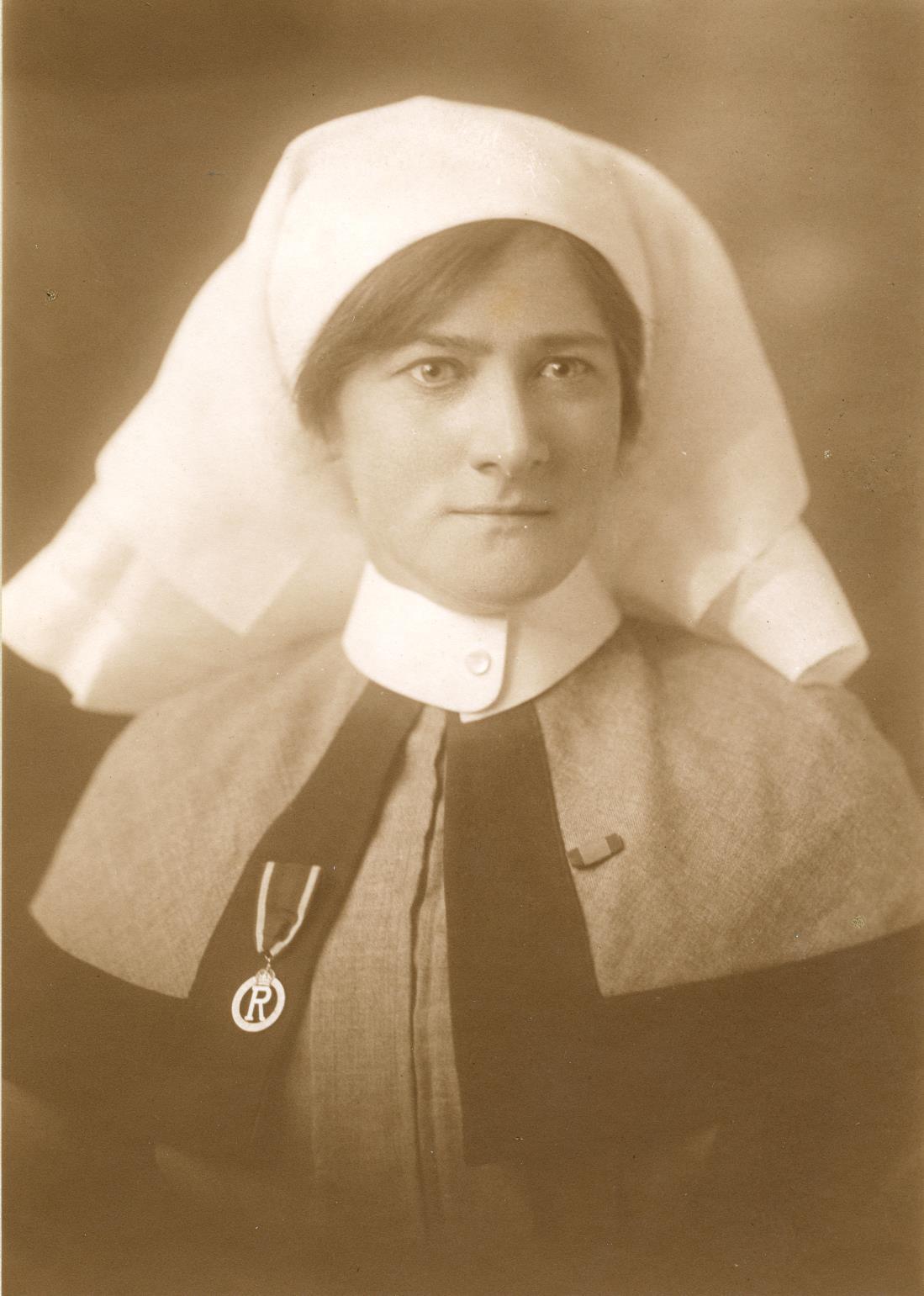

INTRODUCTION
Margaret Anderson
Margaret Anderson was born in Ballinran, Kilkeel, County Down on 21st December 1881. She was the eldest child of Joseph and Elizabeth Anderson, who had seven daughters and one son. Joseph died when Margaret was eleven years old. In the same year Margaret left school. At the age of thirteen she went to Waringstown, County Down, to work as a medical receptionist. Whilst working there she developed an interest in becoming a nurse and she went to England, to Leeds Union Infirmary, to undertake training. She qualified as a State Registered Nurse and subsequently obtained her State Certificate in Midwifery.
The Anderson family. Back Row, from left: Ellen, Ida and Isabella. Middle row, from left: Amelia, Margaret, Elizabeth (mother), Maria and Joseph. In the front row are two girls, Lizzie and Aggie Nicholl, who were fostered by the family.
In 1916 Margaret joined the Queen Alexandra’s Imperial Military Nursing Service (Reserve) and during the First World War she saw service at Mont Dore Military Hospital in Bournemouth, England. Margaret was awarded the Royal Red Cross, the highest decoration that could be conferred on a woman for nursing service. She received the award in 1919 from King George V. His mother, Queen Alexandra, also gave Margaret a book with a signed message of thanks for her service.


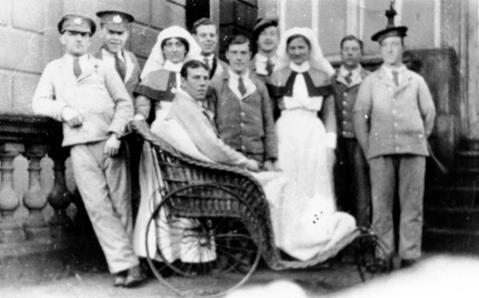 Nurse Anderson (back left) pictured with nursing colleagues during the First World War
Margaret Anderson (third from right) pictured with soldiers and a nursing colleague
Nurse Anderson (back left) pictured with nursing colleagues during the First World War
Margaret Anderson (third from right) pictured with soldiers and a nursing colleague
After the war, Margaret continued nursing for a few years at Mont Dore Hospital until it was converted to a Town Hall in 1921. Subsequently, she left to become a Nursing Sister in Iraq with the Imperial Military Nursing Reserve. She remained in Iraq until 1924, when she returned to England, where she was appointed Assistant Matron at the Royal Infirmary at Truro, Cornwall. Margaret held the post for only a short time, returning to Mourne in 1926 to become Matron of a temporary hospital in the Silent Valley during the construction of the reservoir there. With the completion of the reservoir Margaret returned again to England in 1932, as Matron of Wallingford Farm Training School, near Oxford, where she remained until the outbreak of the SecondWorldWar in September 1939.

During the Second World War, despite being fifty joined the Nursing Reserve. She took part in several sorties across the English Channel during the evacuation of Dunkirk, as well as nursing on ambulance trains. After the Second War War Margaret returned to the training school at Wallingford, where she
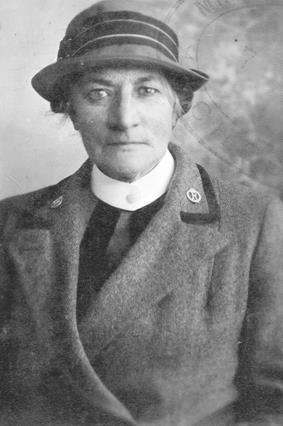 Margaret Anderson (back row, fourth from left) pictured in a hospital ward, c.1917, with wounded soldiers
Nurse Anderson in later life
Margaret Anderson (back row, fourth from left) pictured in a hospital ward, c.1917, with wounded soldiers
Nurse Anderson in later life
remained until her retirement in 1953. After her retirement, Margaret returned home to Mourne, where she died on 13th October 1956. Just a few months before her death, she was honoured by Kilkeel Urban District Council at a dinner in the Kilmorey Arms Hotel, along with two Victoria Cross recipients, Robert Hanna and Robert Scott. At the dinner Mr R. A. Linton, Chairman of the Council, said that Miss Anderson “would go down in history as one of Mourne’s greatest people”. In her obituary she was described as “Mourne’s Florence Nightingale”.
Margaret is buried in the grounds of Mourne Presbyterian Church, where, in 2014, a new stone was added to the congregation’s War Memorial to commemorate her service in both World Wars. She also featured in a special mural painted by pupils at Kilkeel High School to commemorate the role of local participants in the First World War.
Autograph Book
Nurse Anderson kept an autograph book whilst serving at Mont Dore Hospital in Bournemouth. It is filled with entries by the soldiers she nursed there during 1916 and 1917. The autograph book, containing almost ninety entries, includes messages, poems and sketches. While the entries come primarily from soldiers in British regiments, there are also some from Australia and New Zealand.
The sketches range from cartoon caricatures to lifelike drawings. Taken as a whole the autograph book captures the humorous banter that existed between First World War nurses and patients, as well as the stark realities of war. It also conveys the deep sense of gratitude felt by the soldiers towards the nurse who cared for them during their time in Bournemouth.
Margaret Anderson’s great nieces donated the autograph book to Newry and Mourne Museum on 11th November 2014.

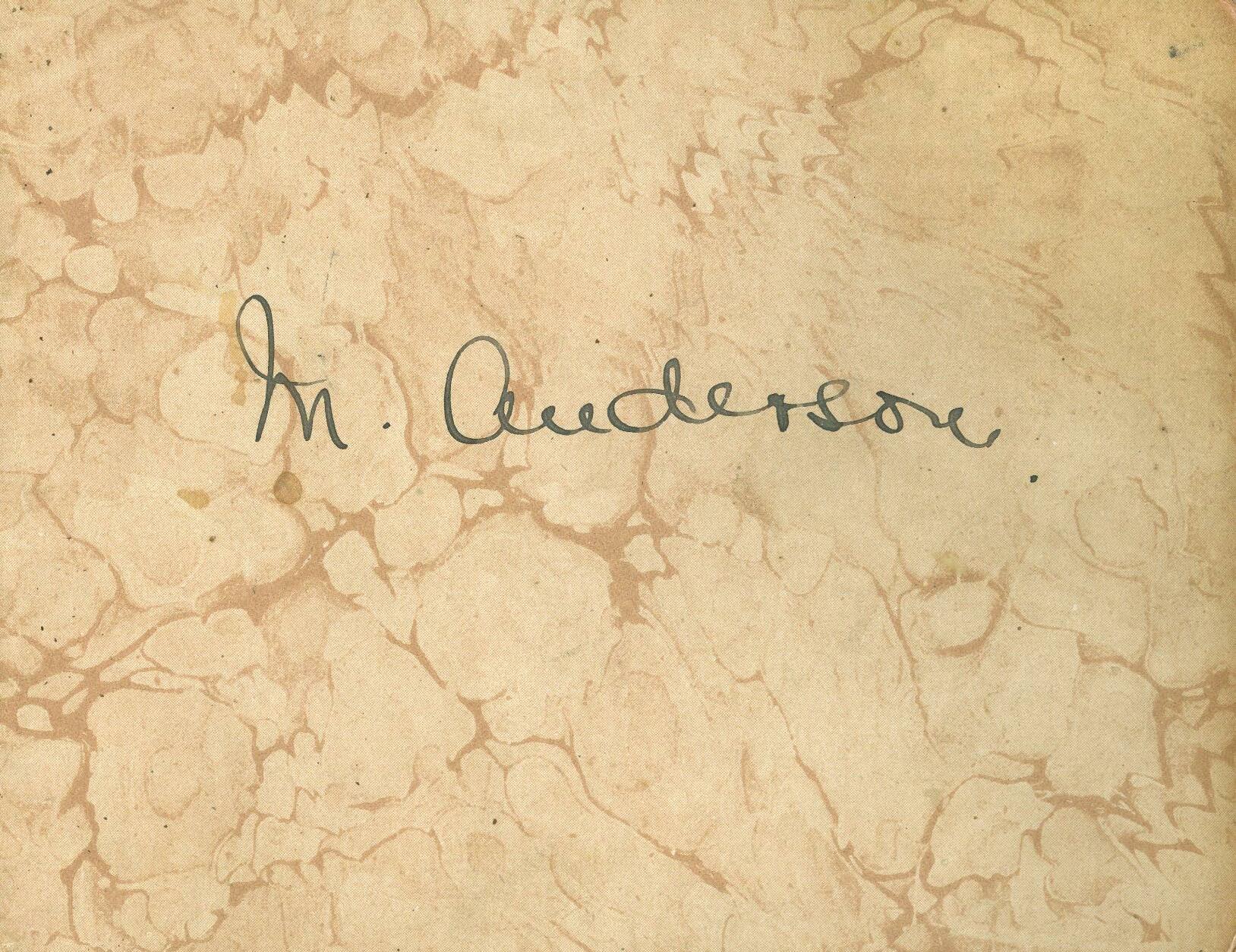
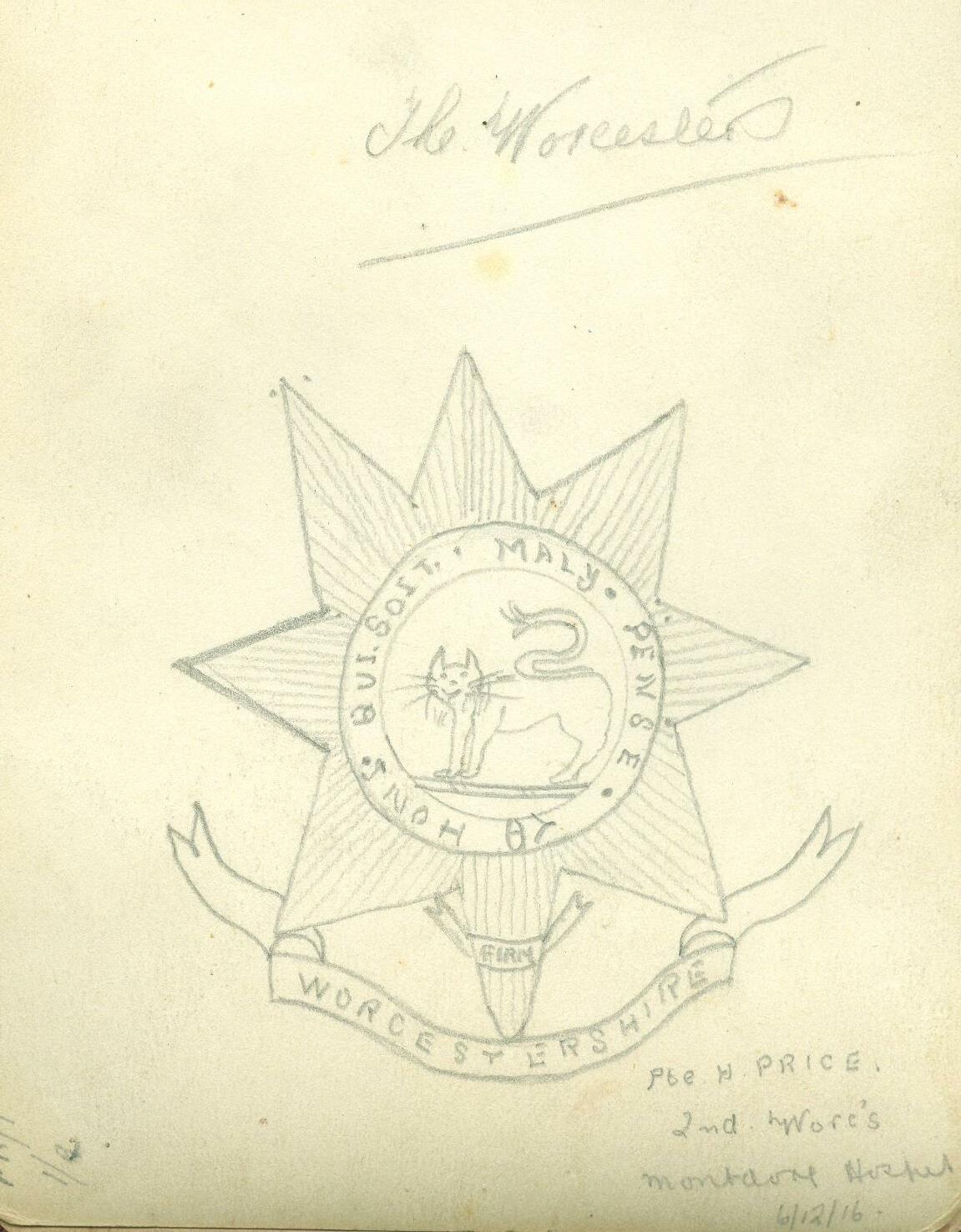

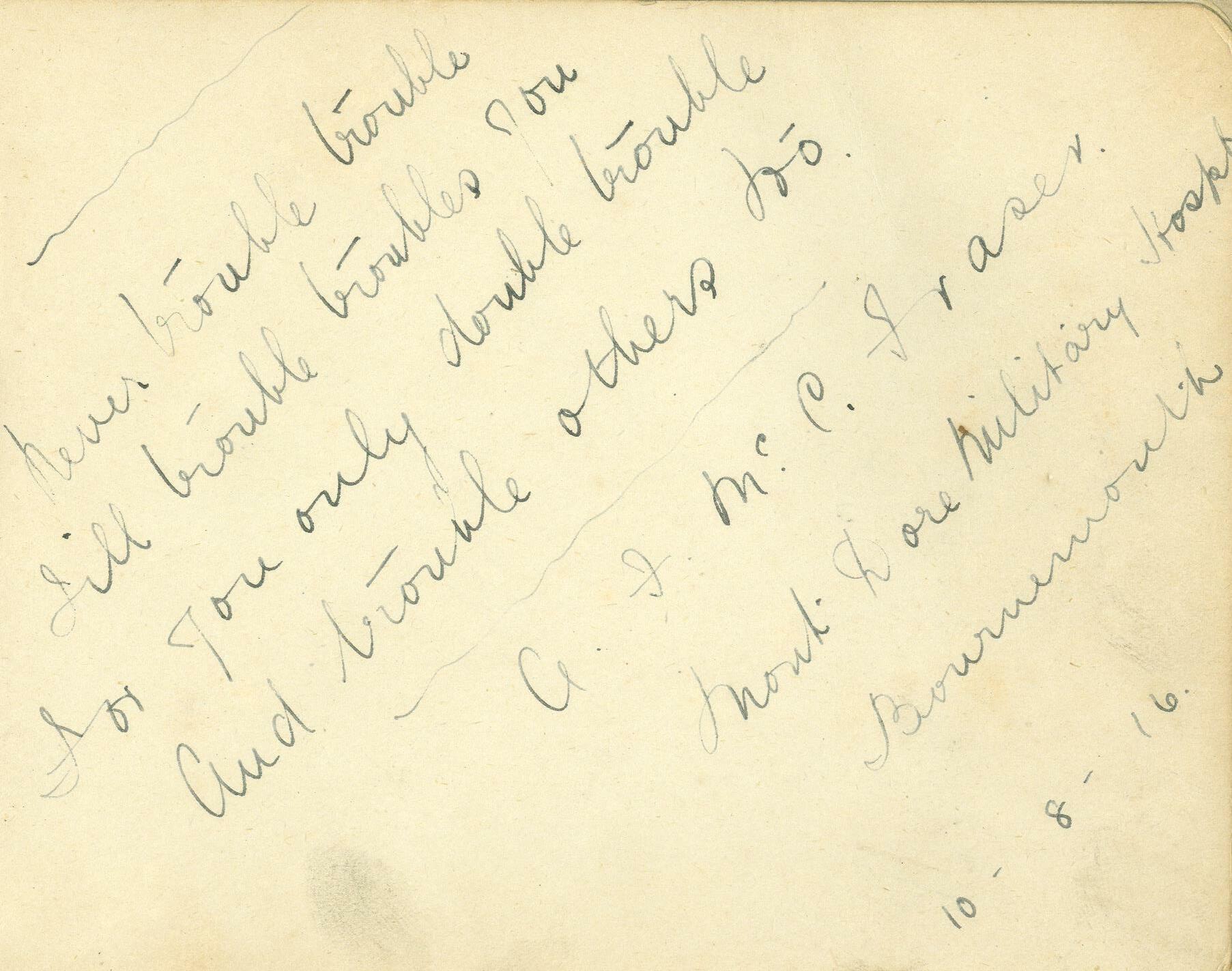

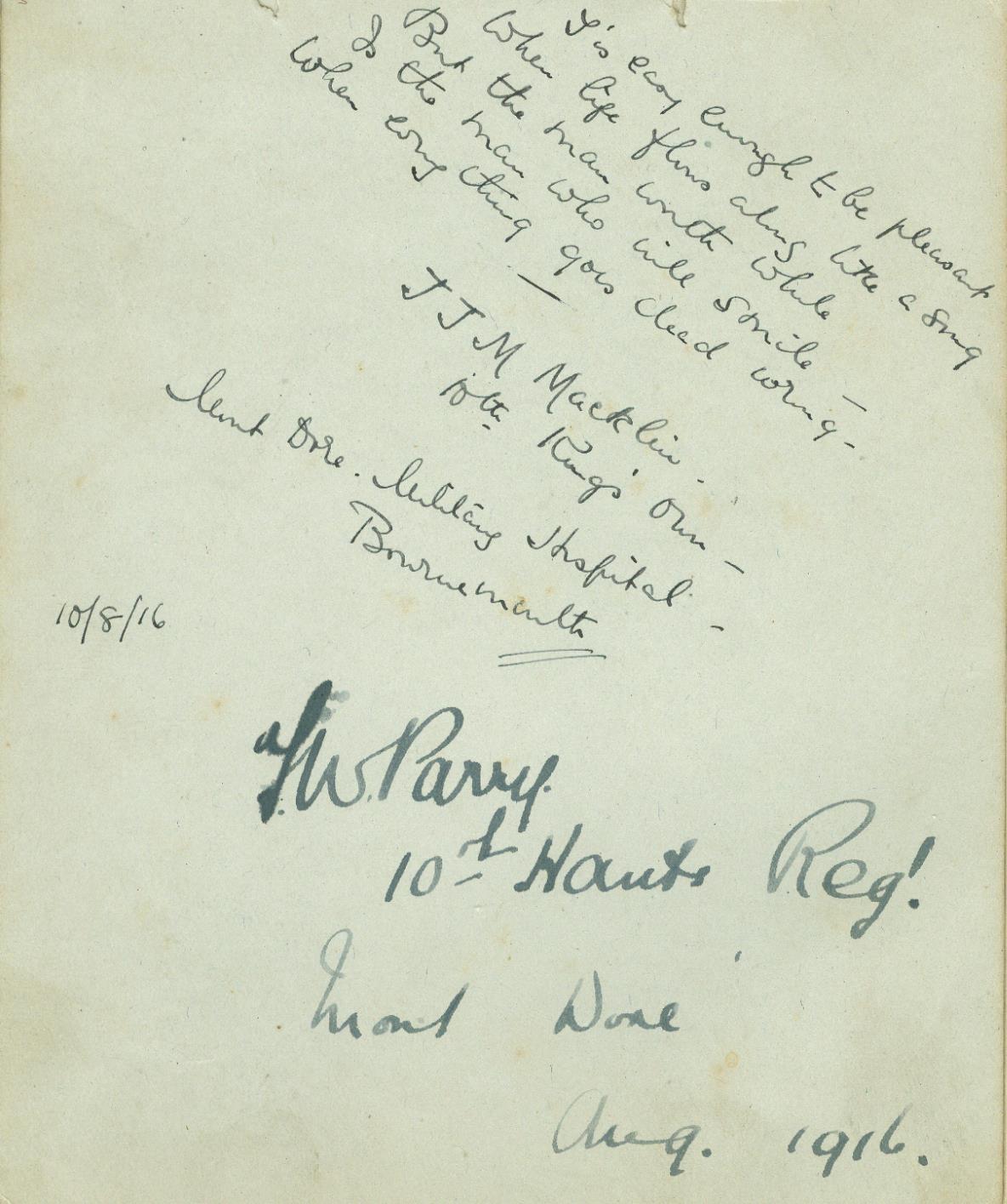

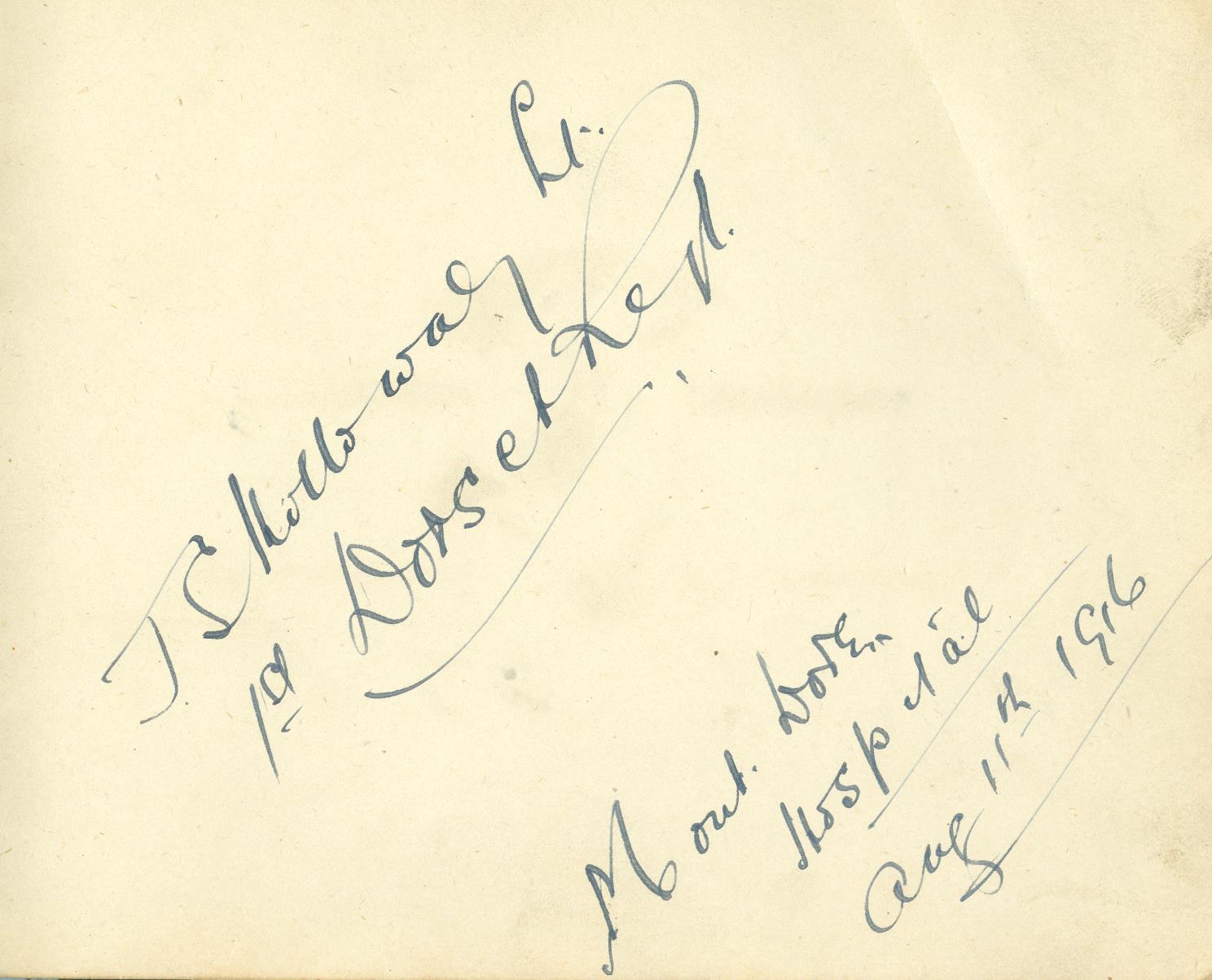

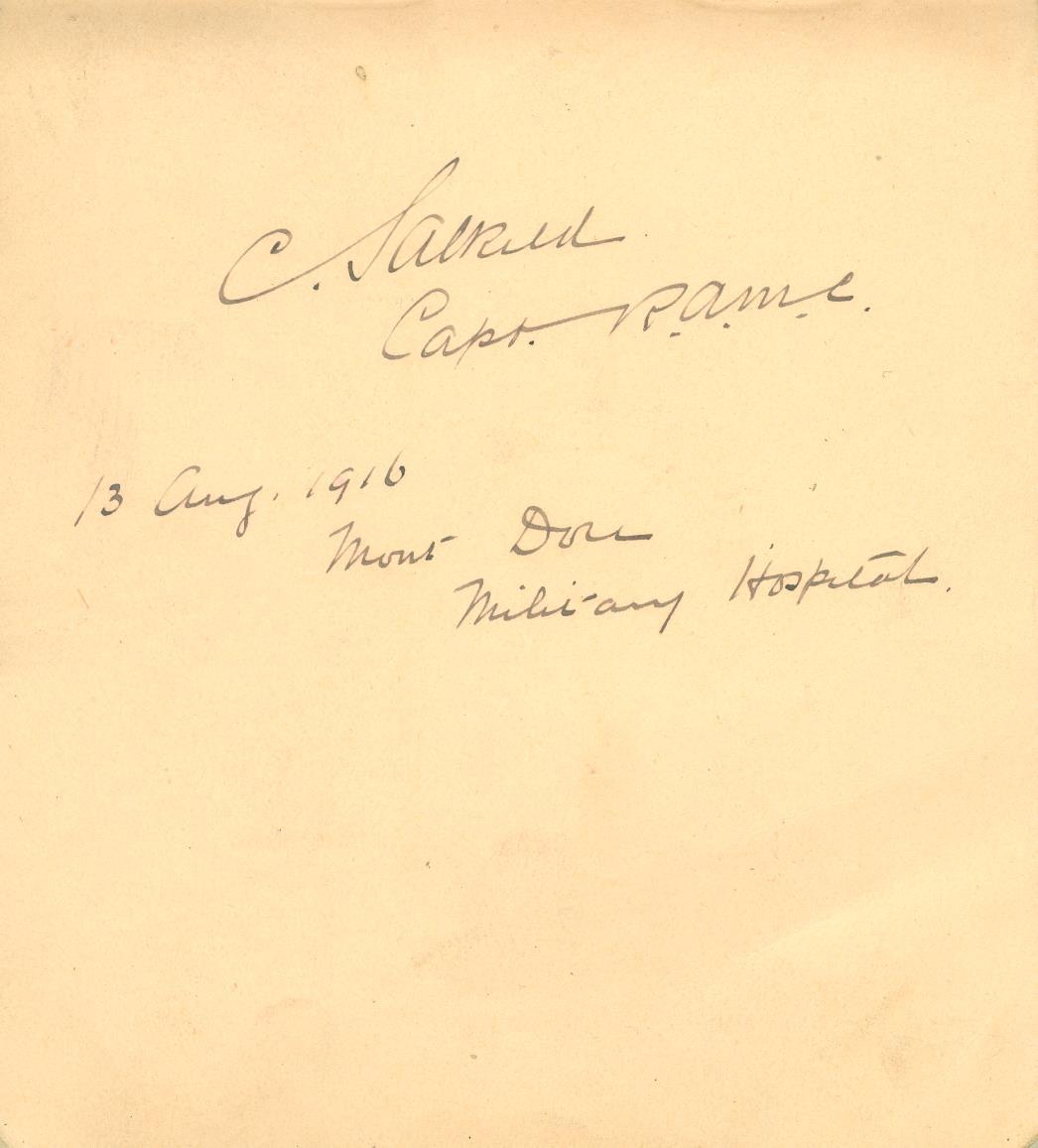
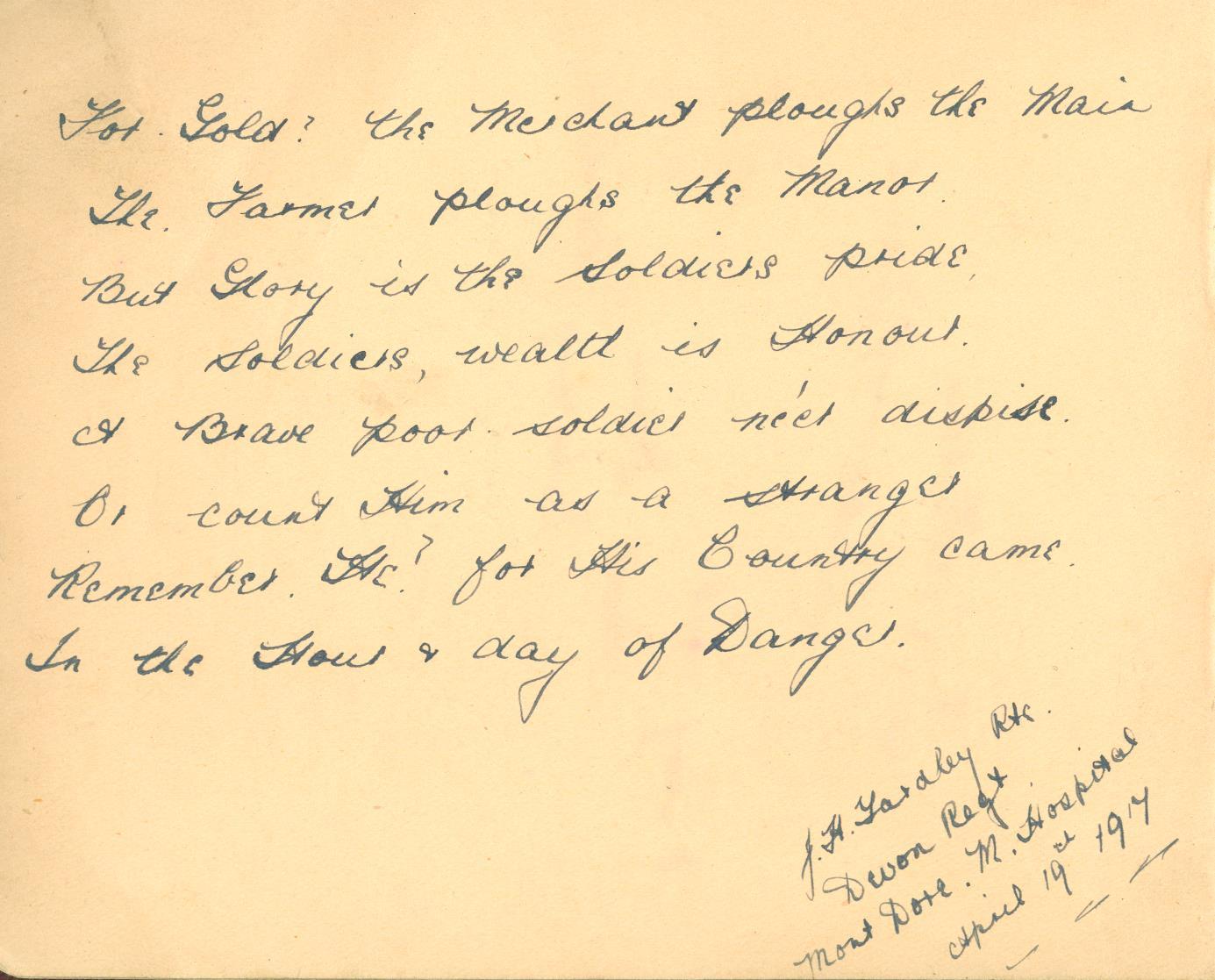
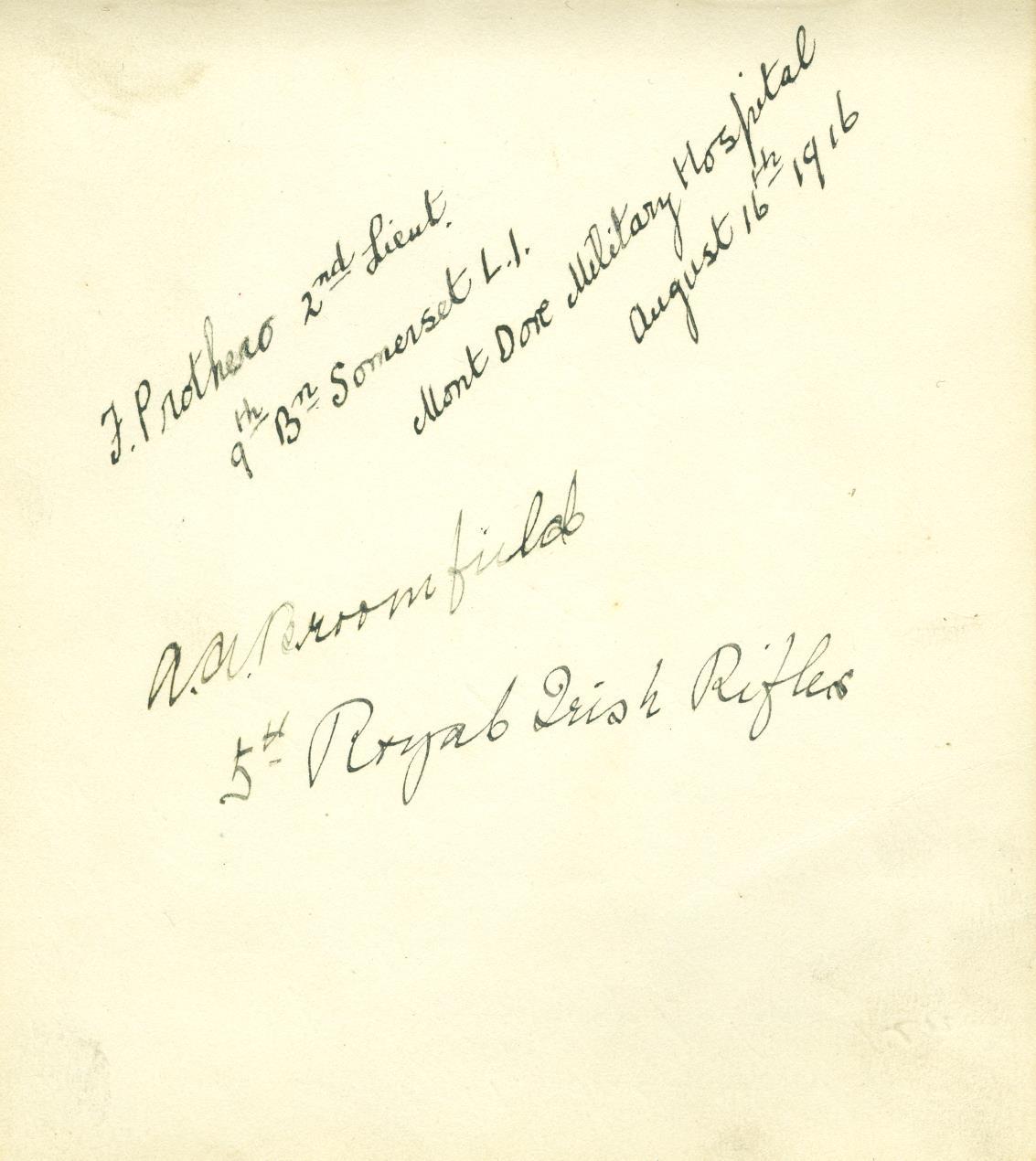
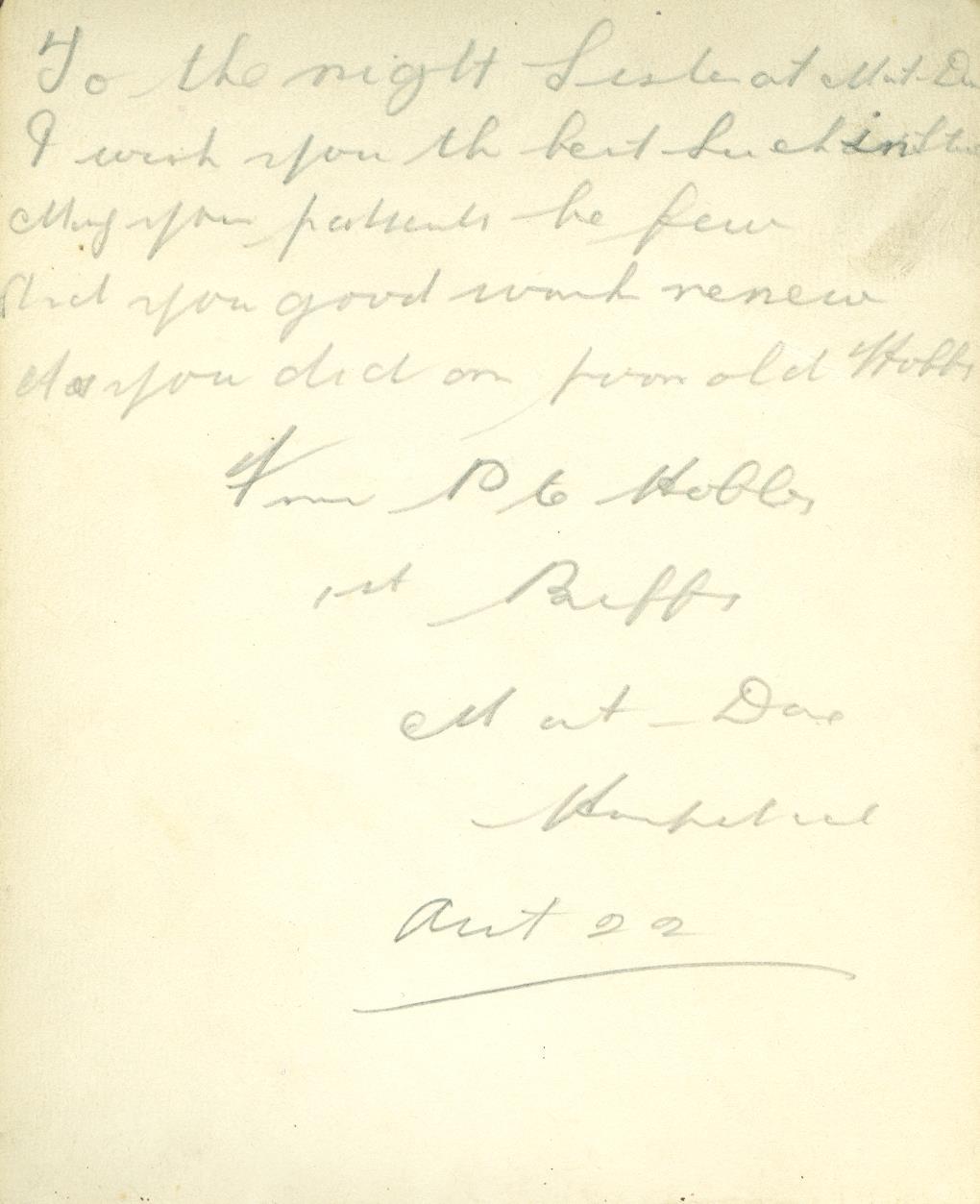

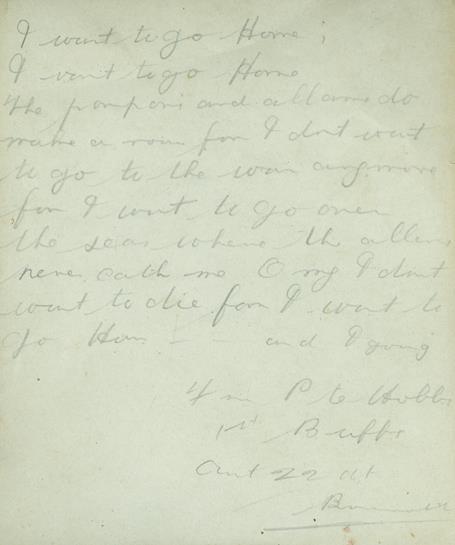
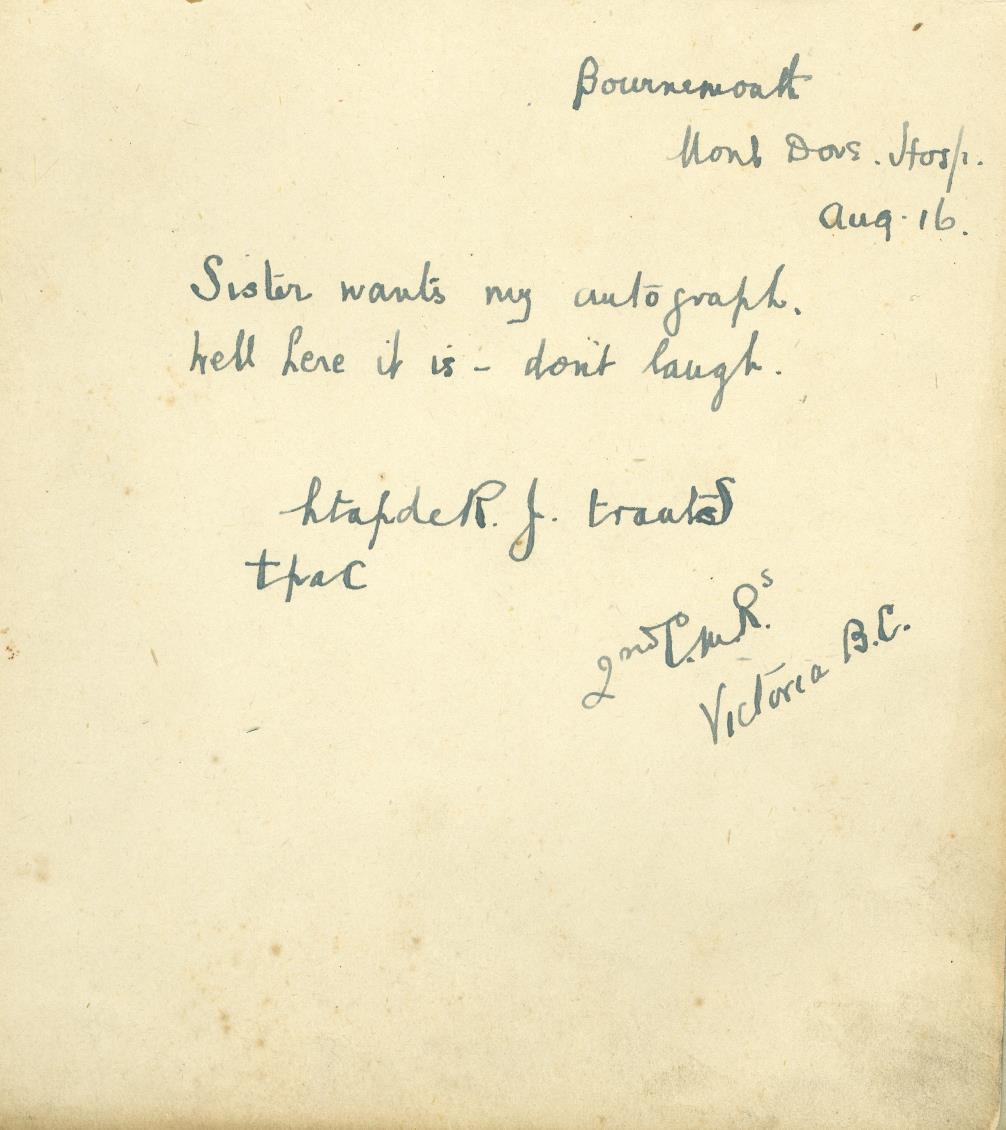


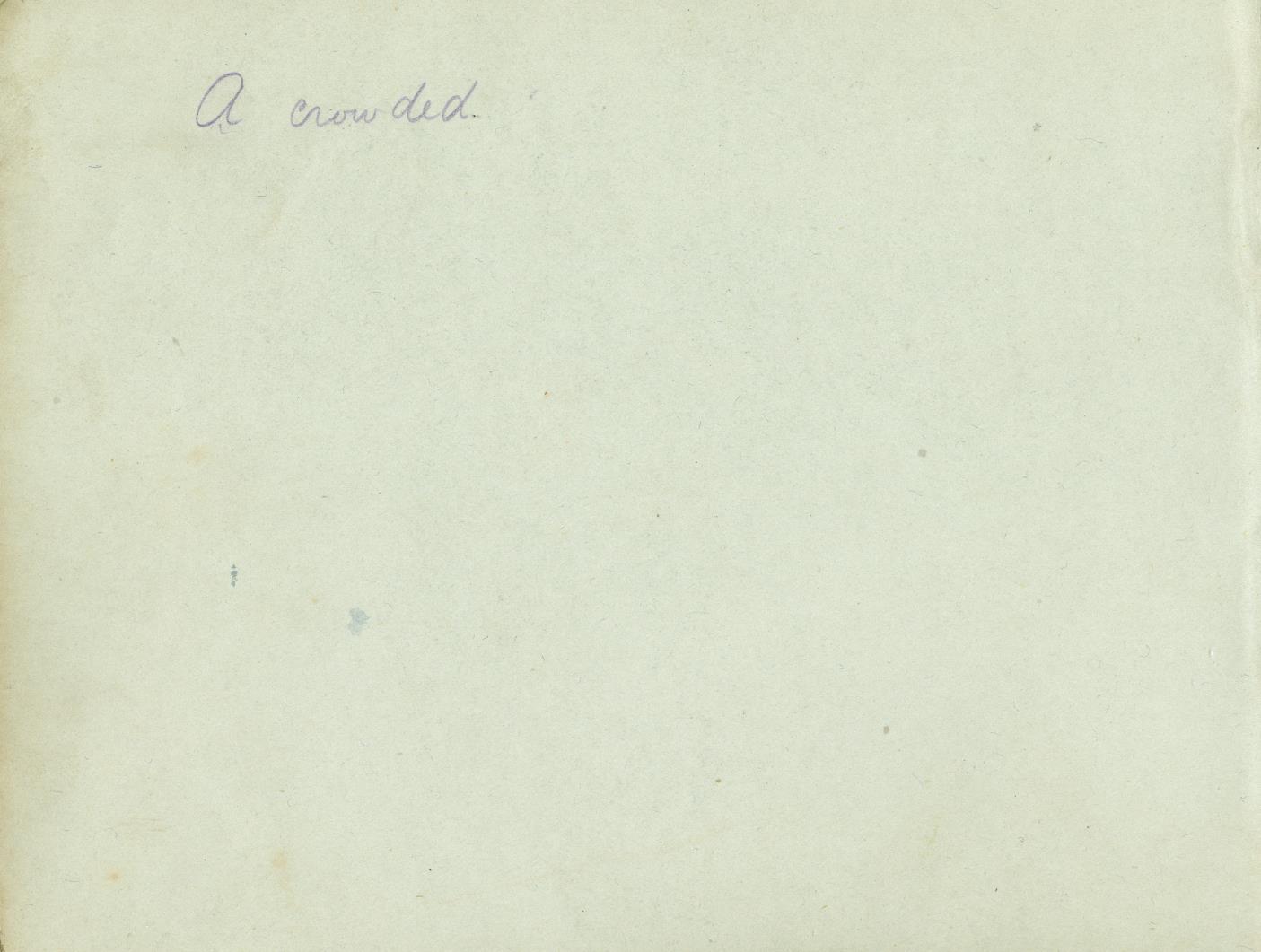
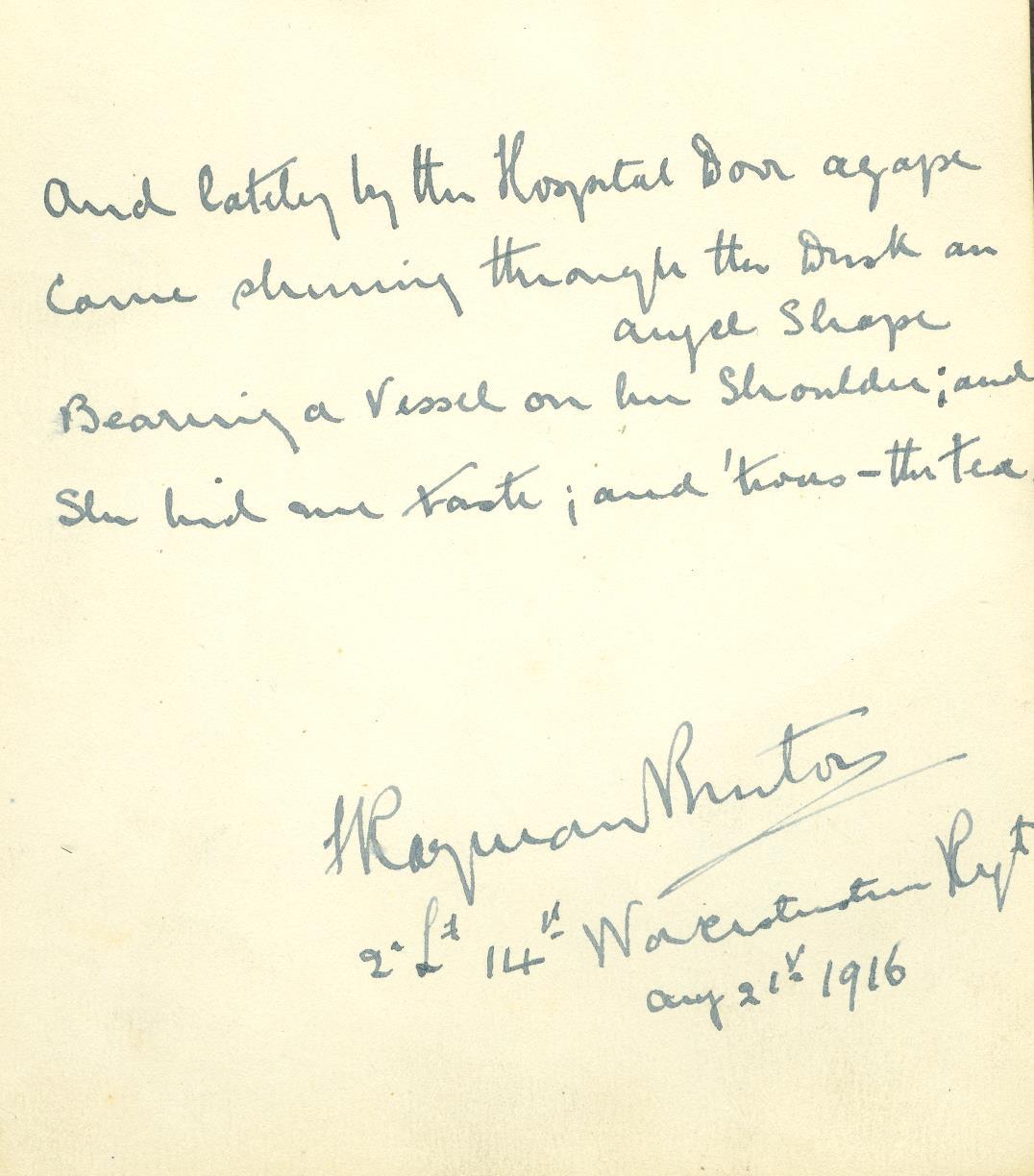

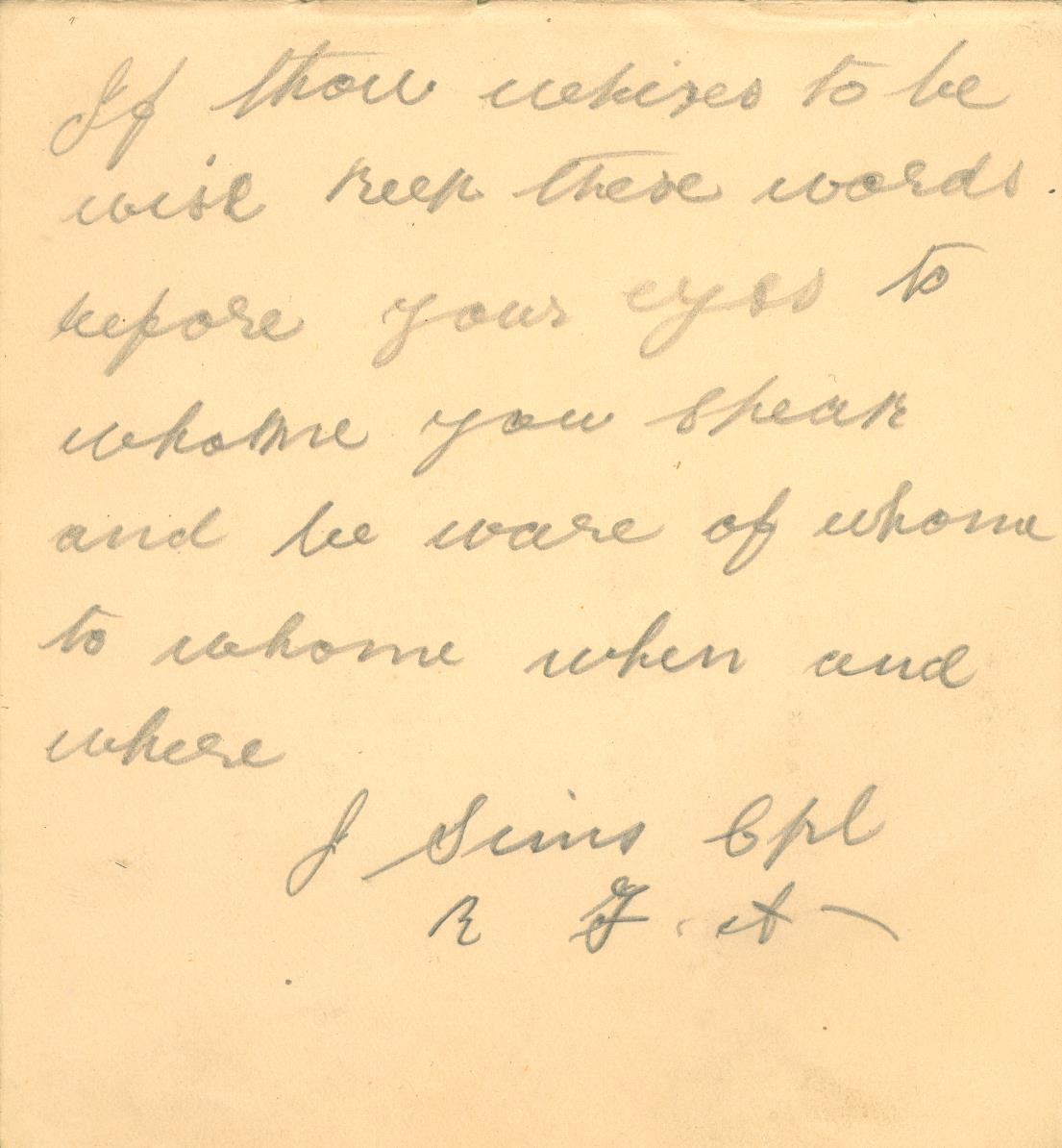
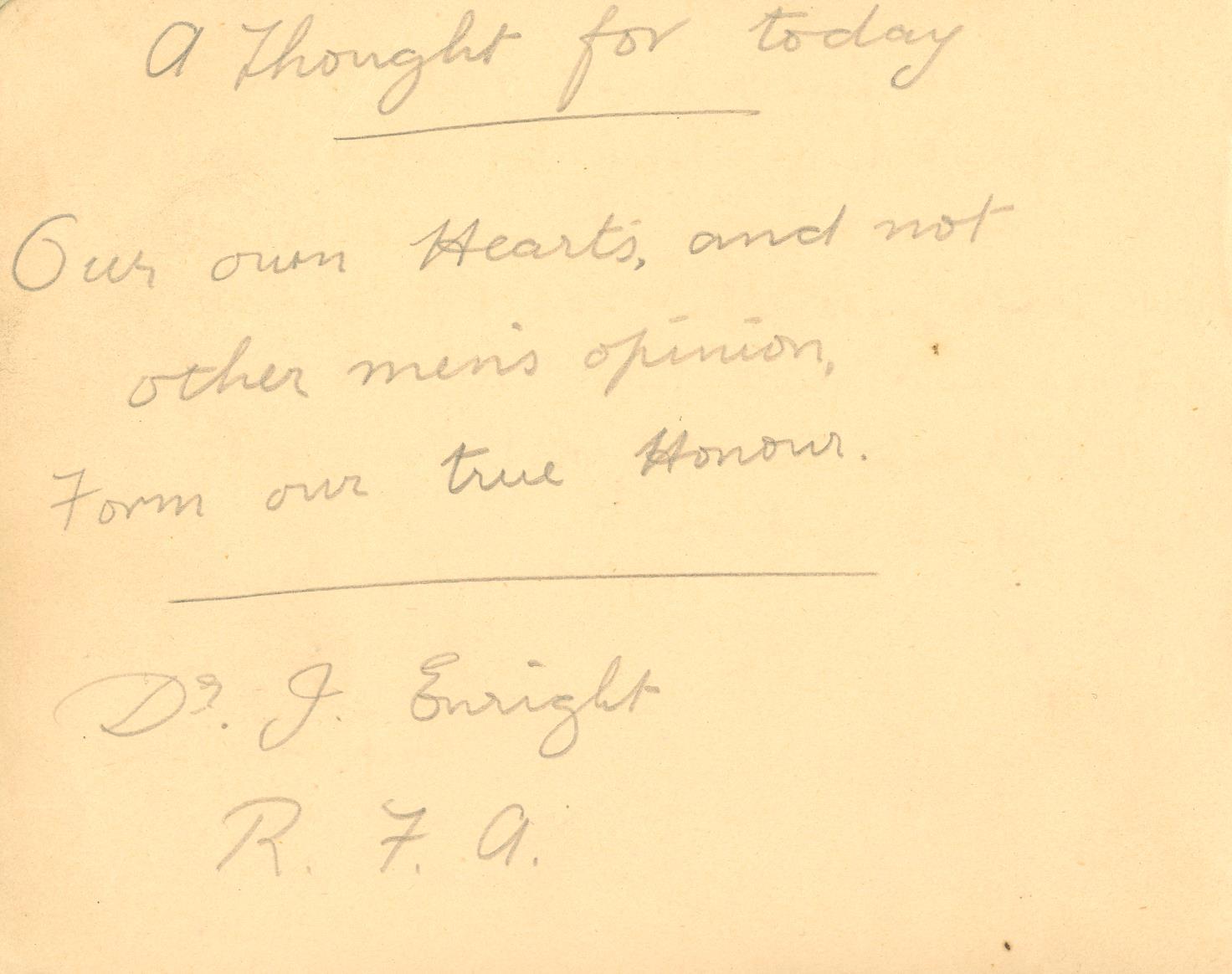

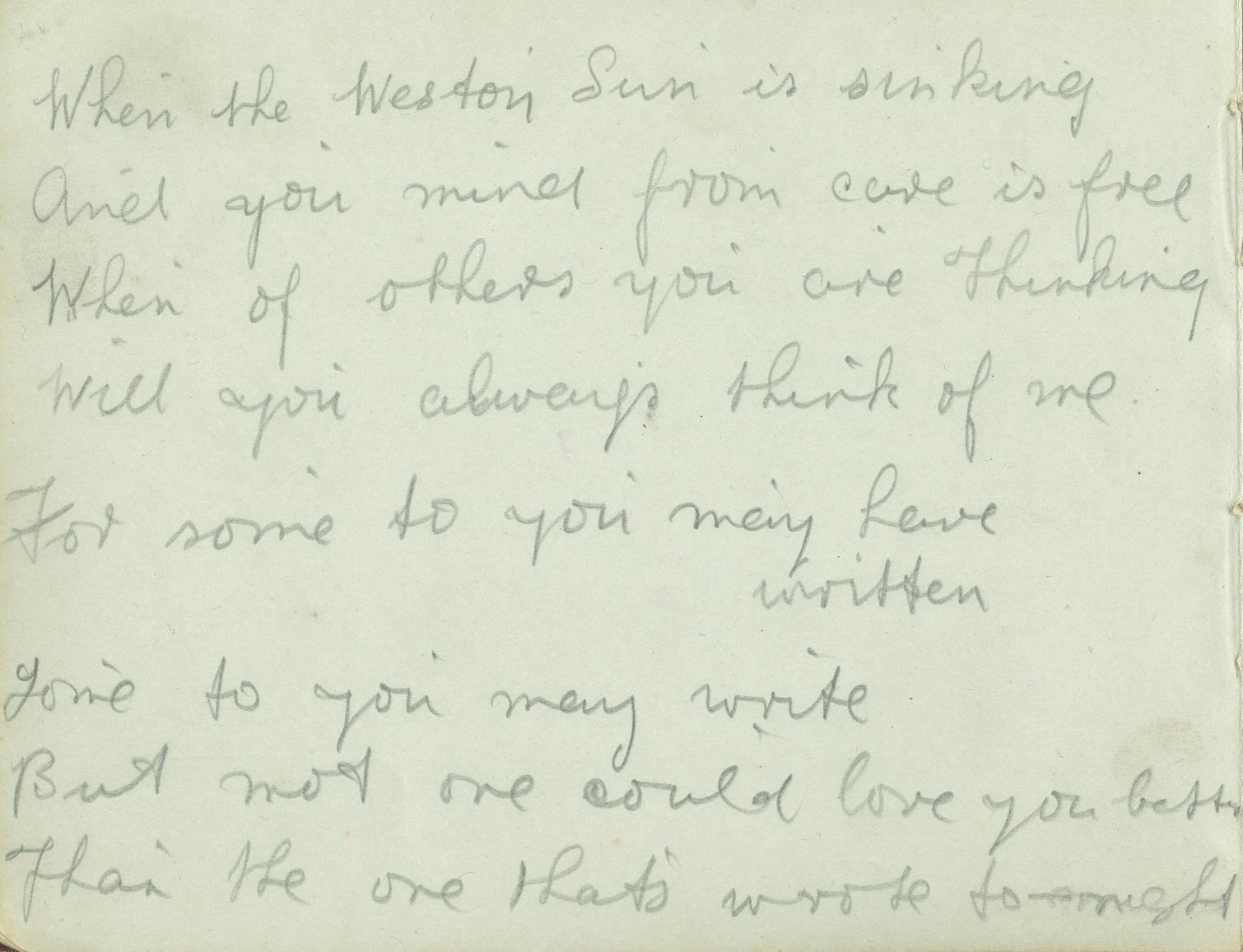
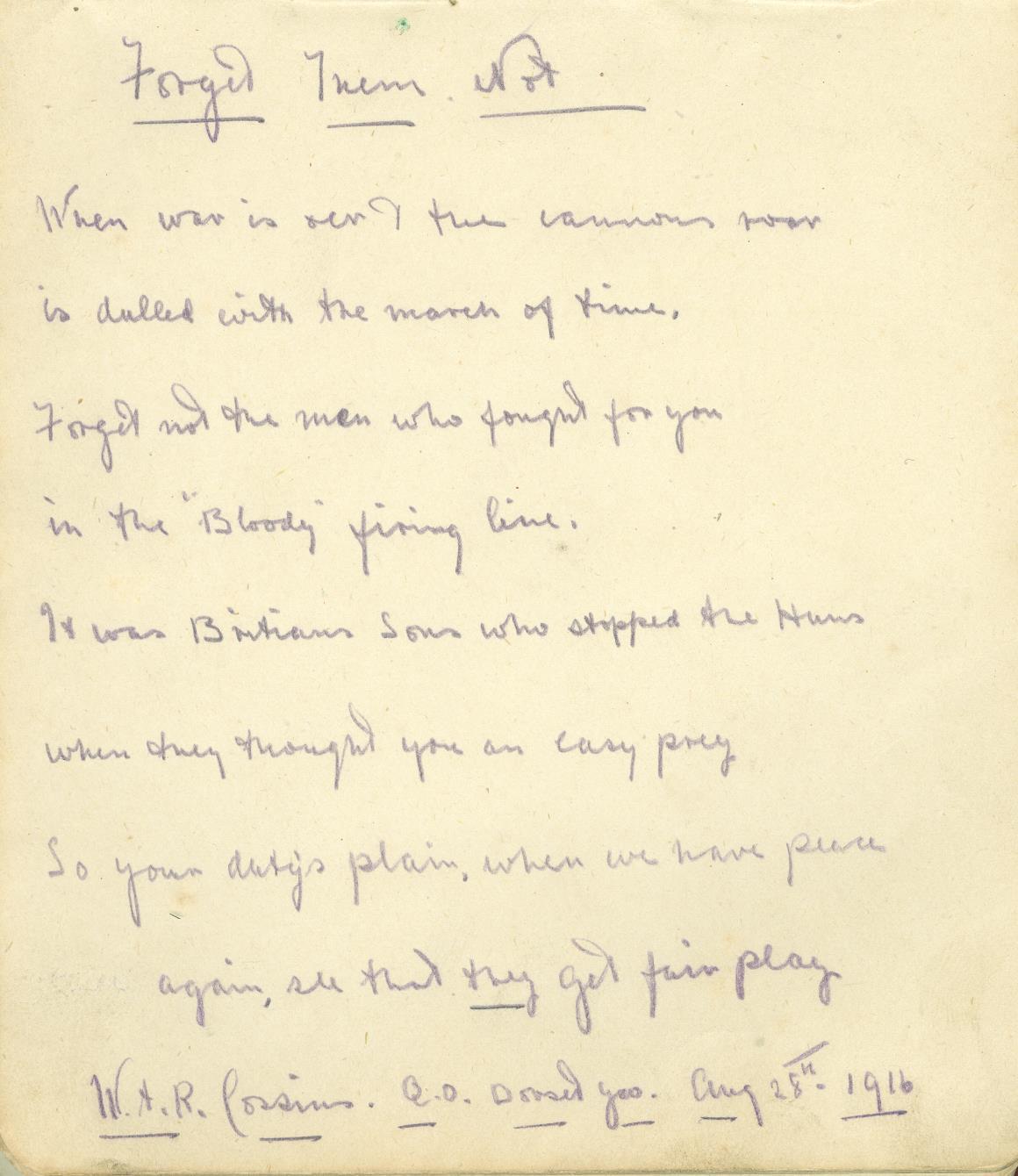



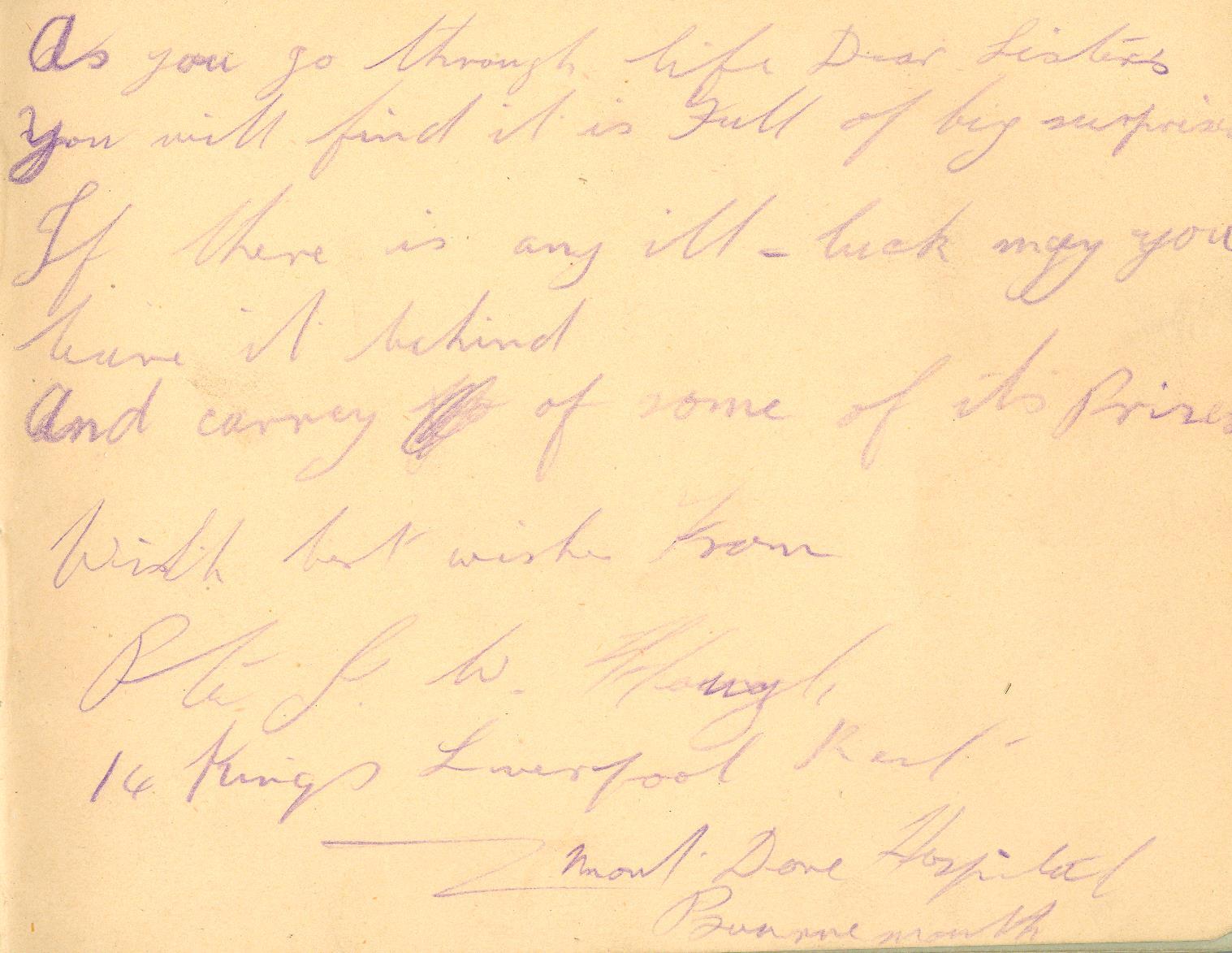

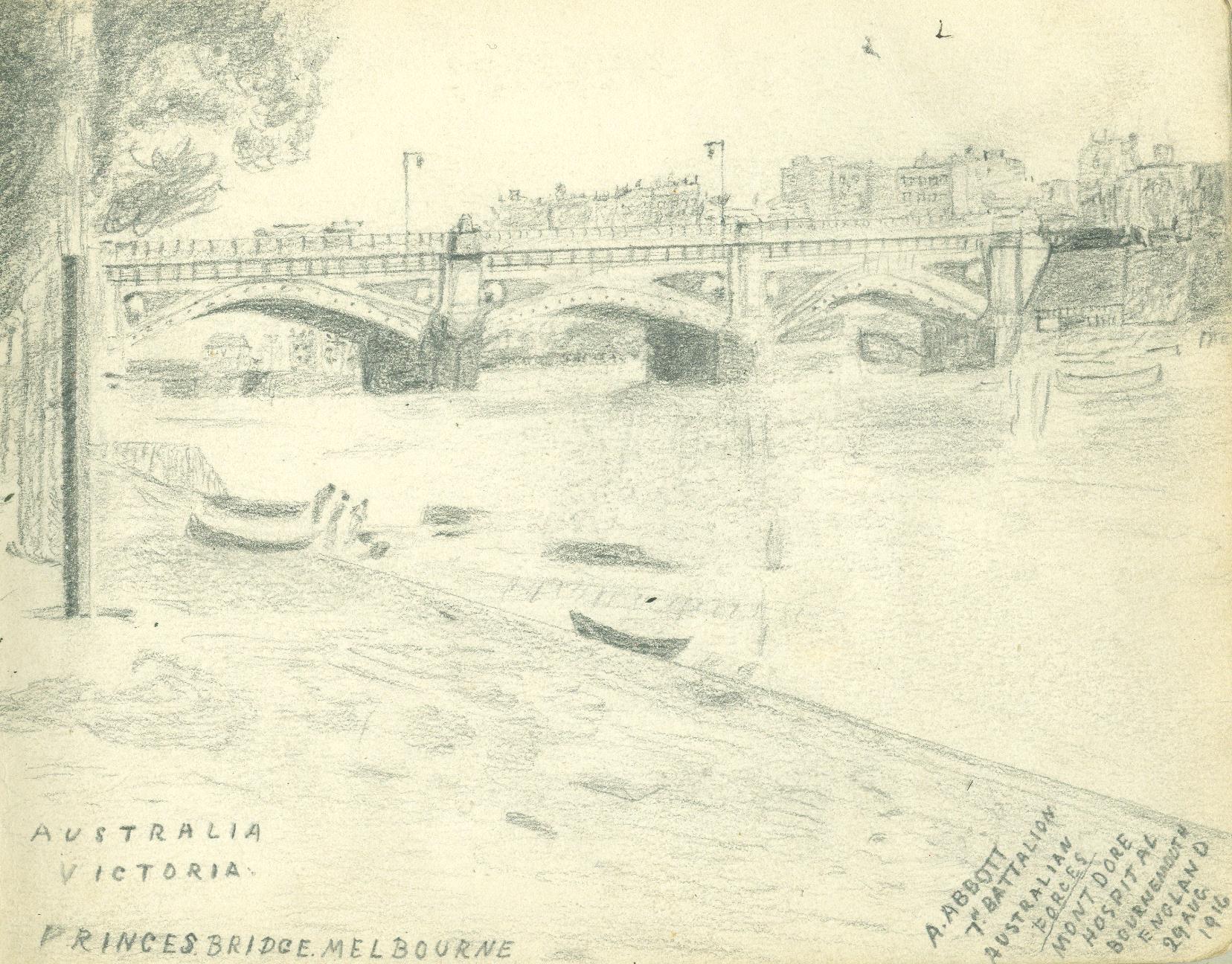

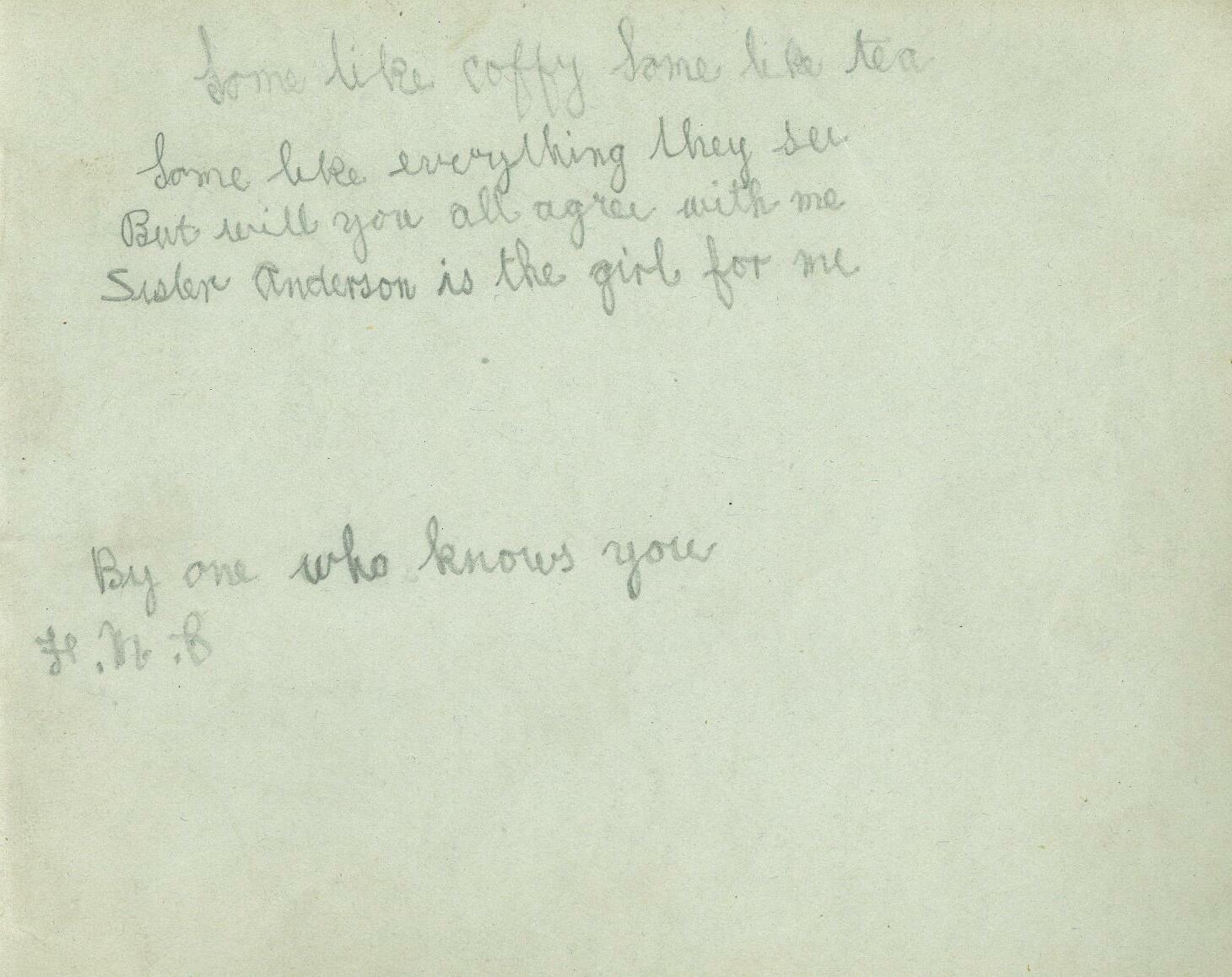

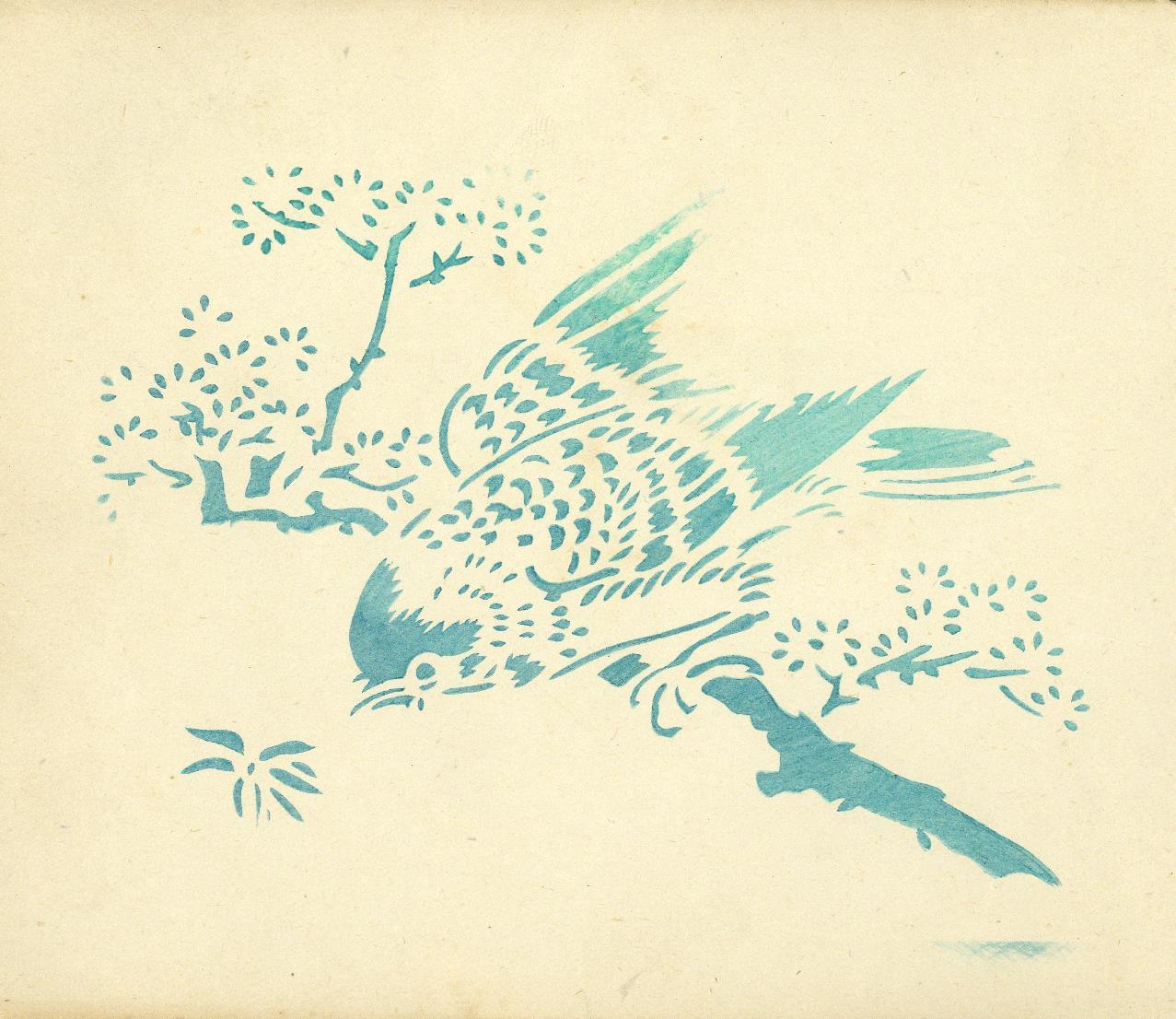


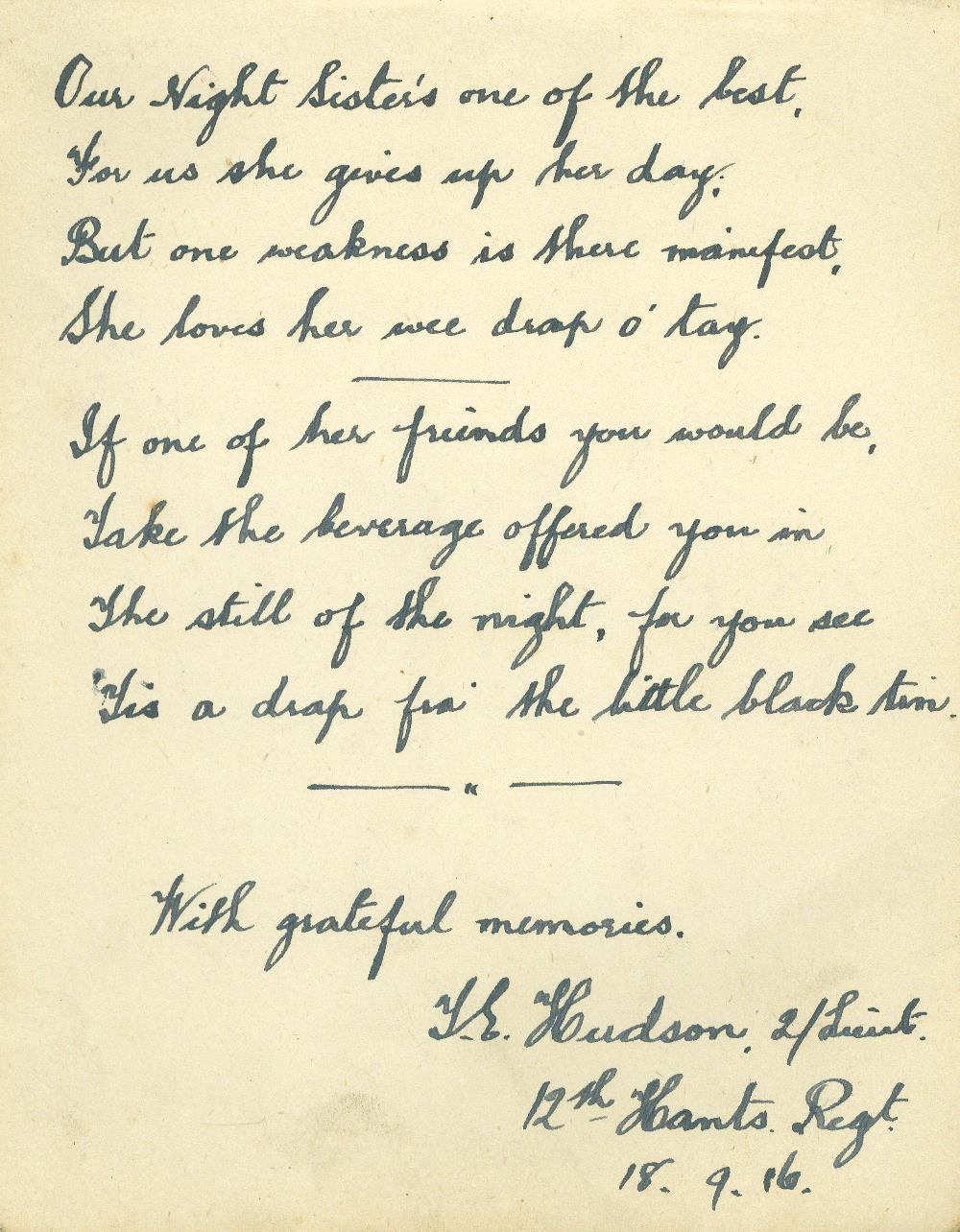


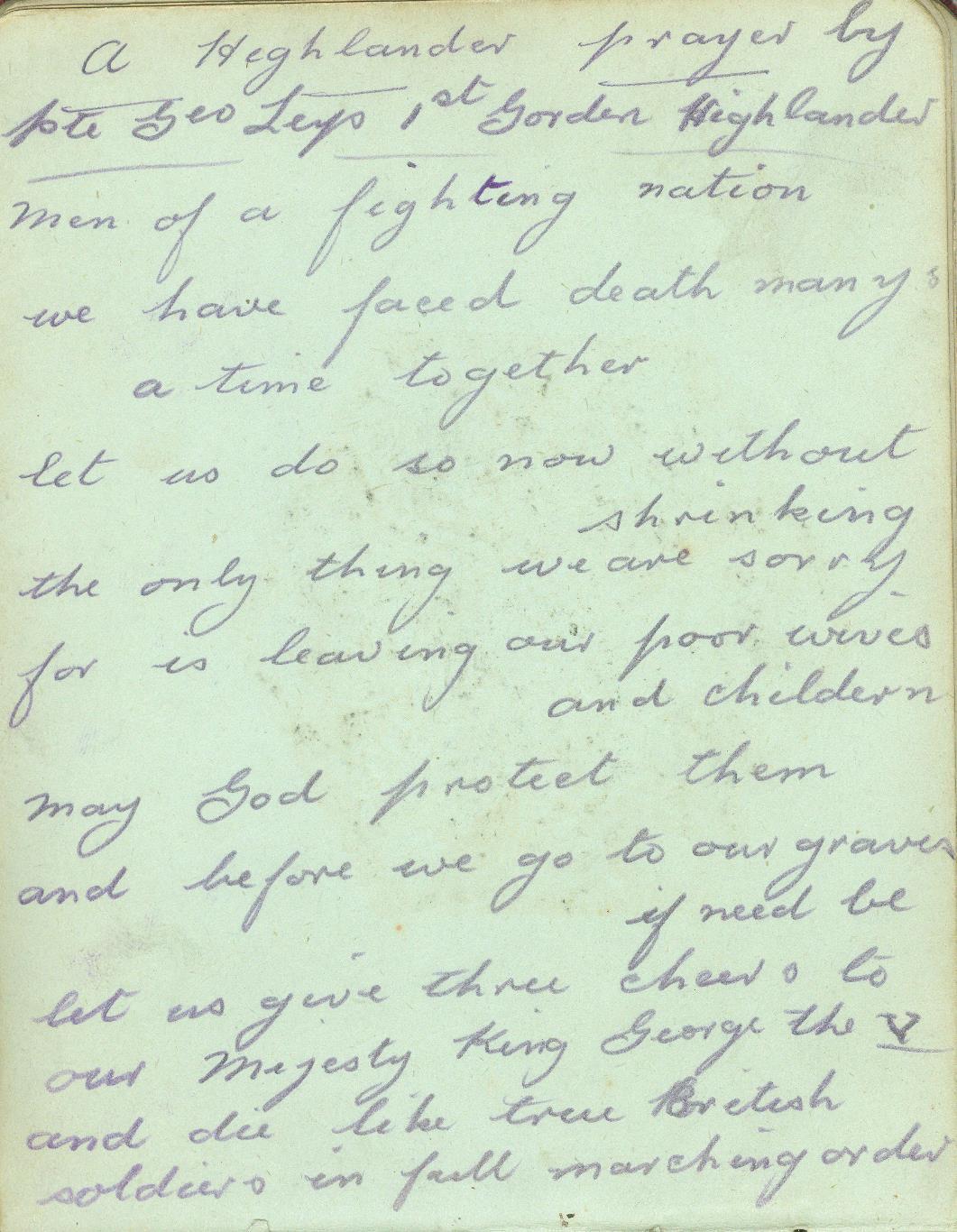
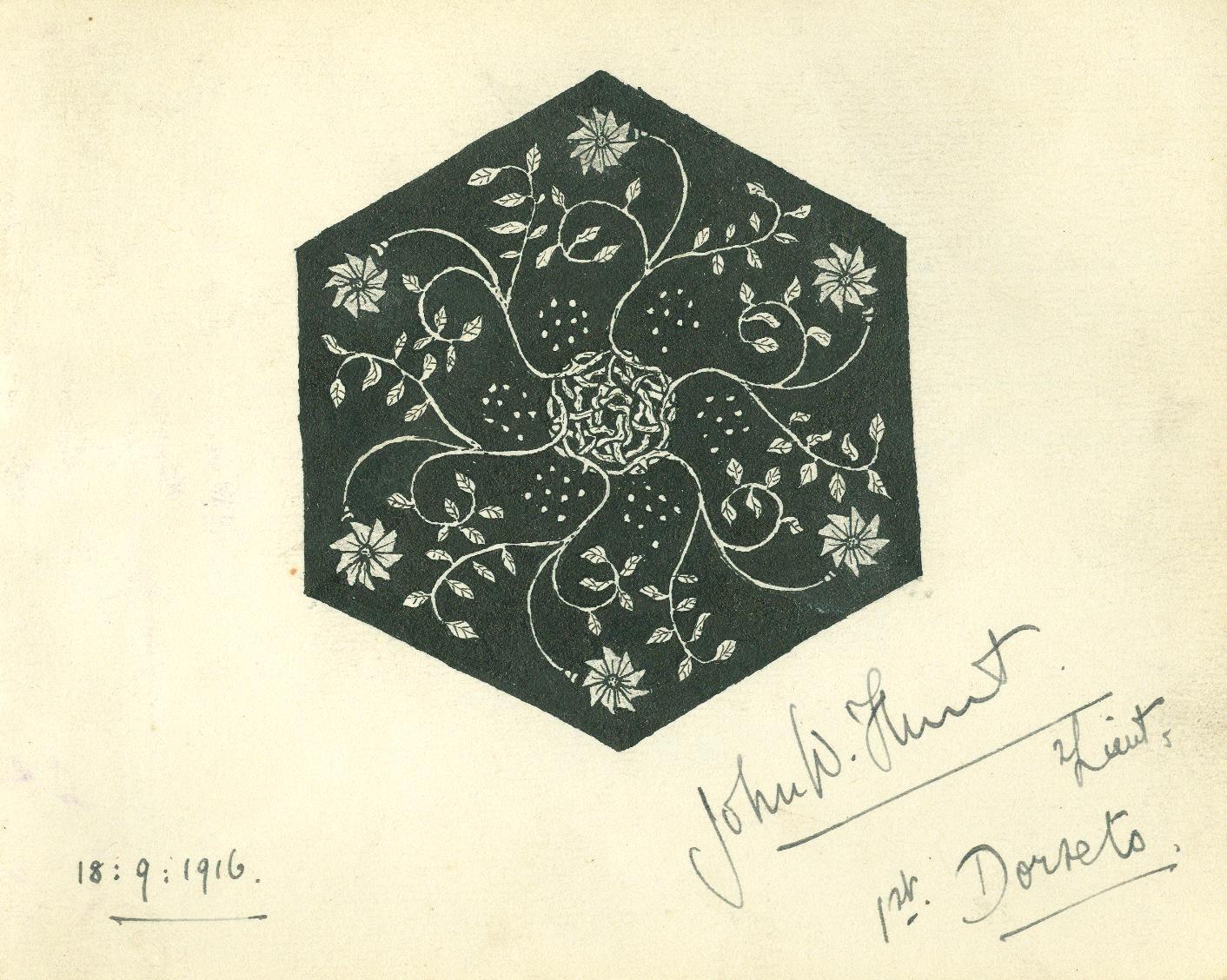

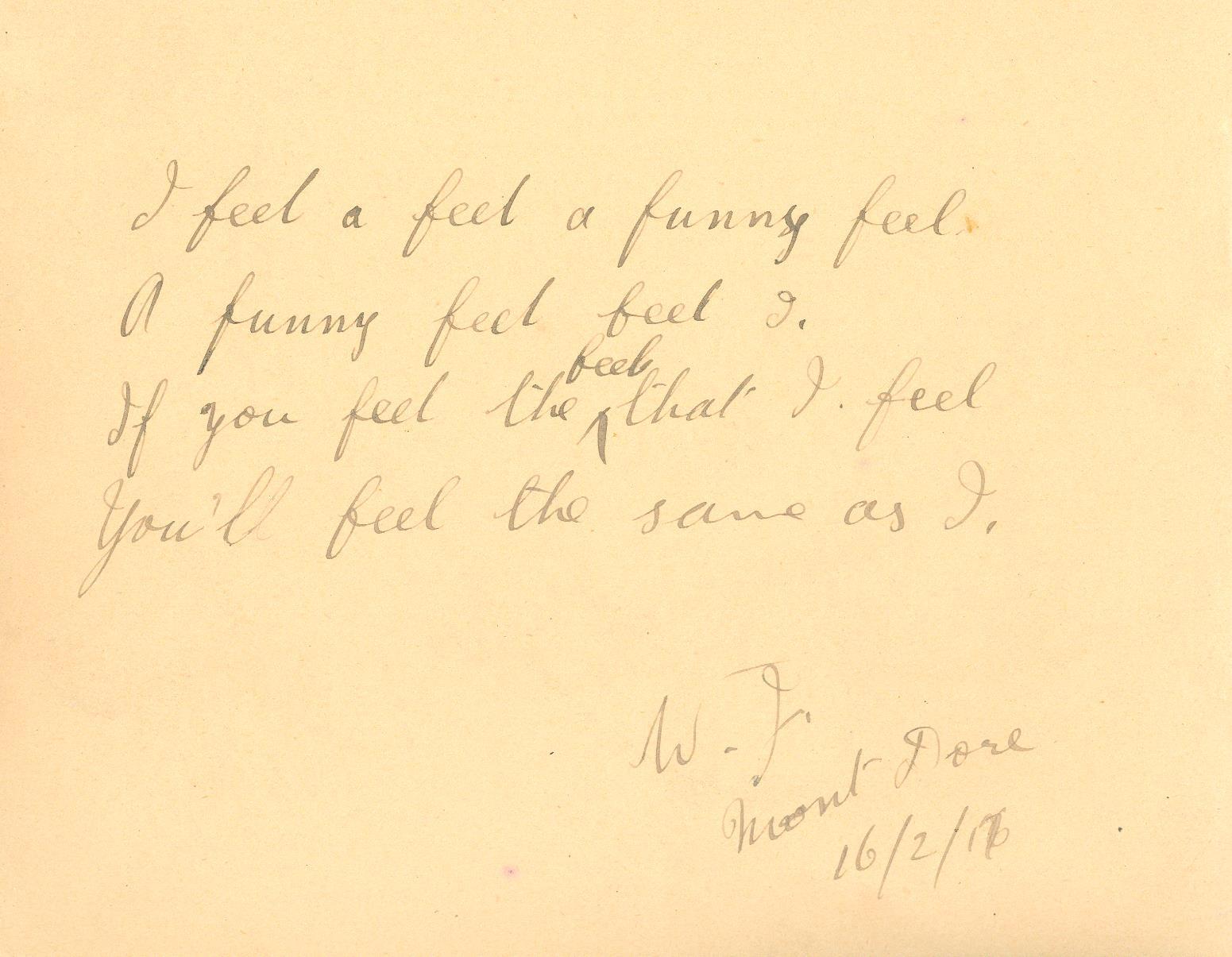


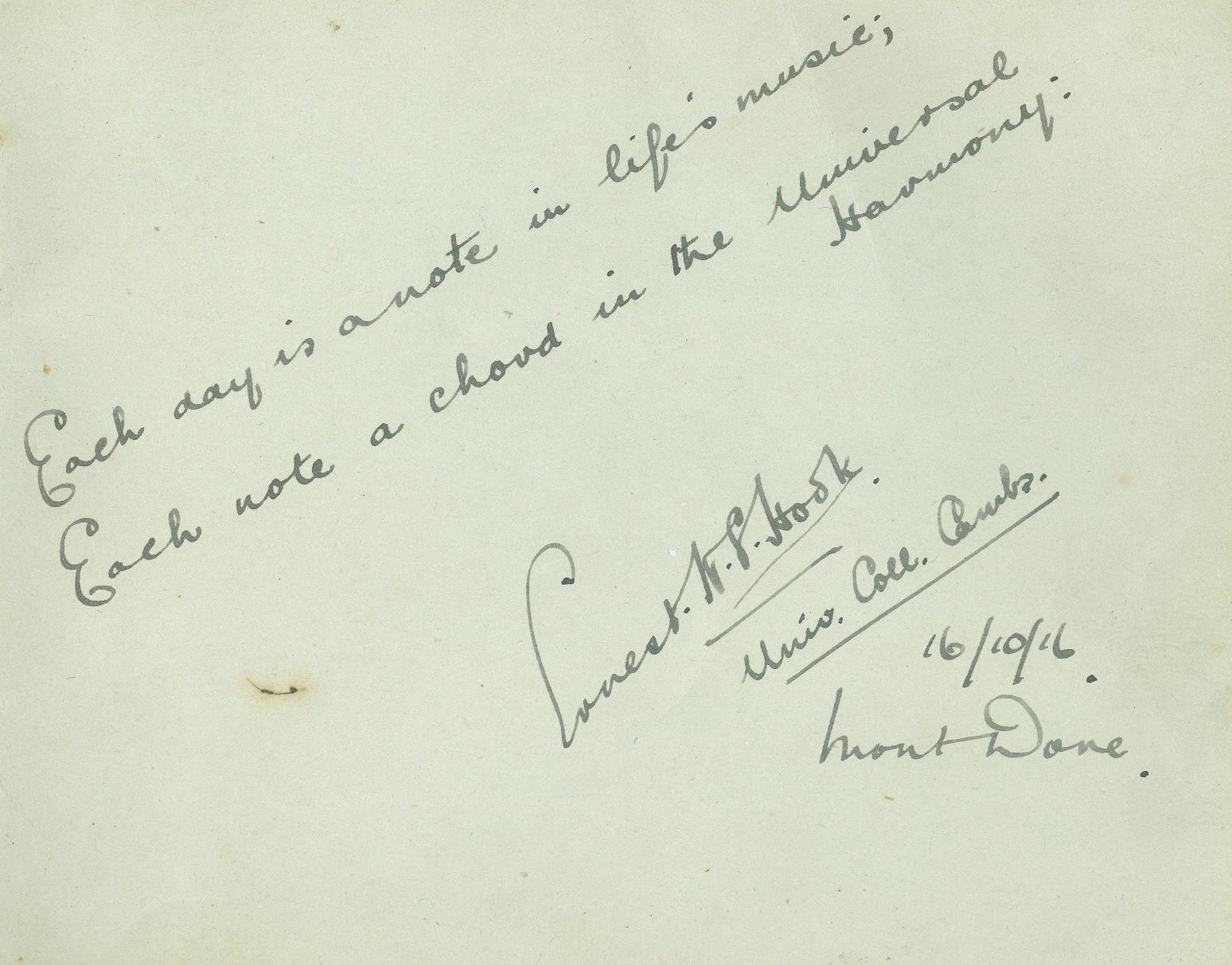



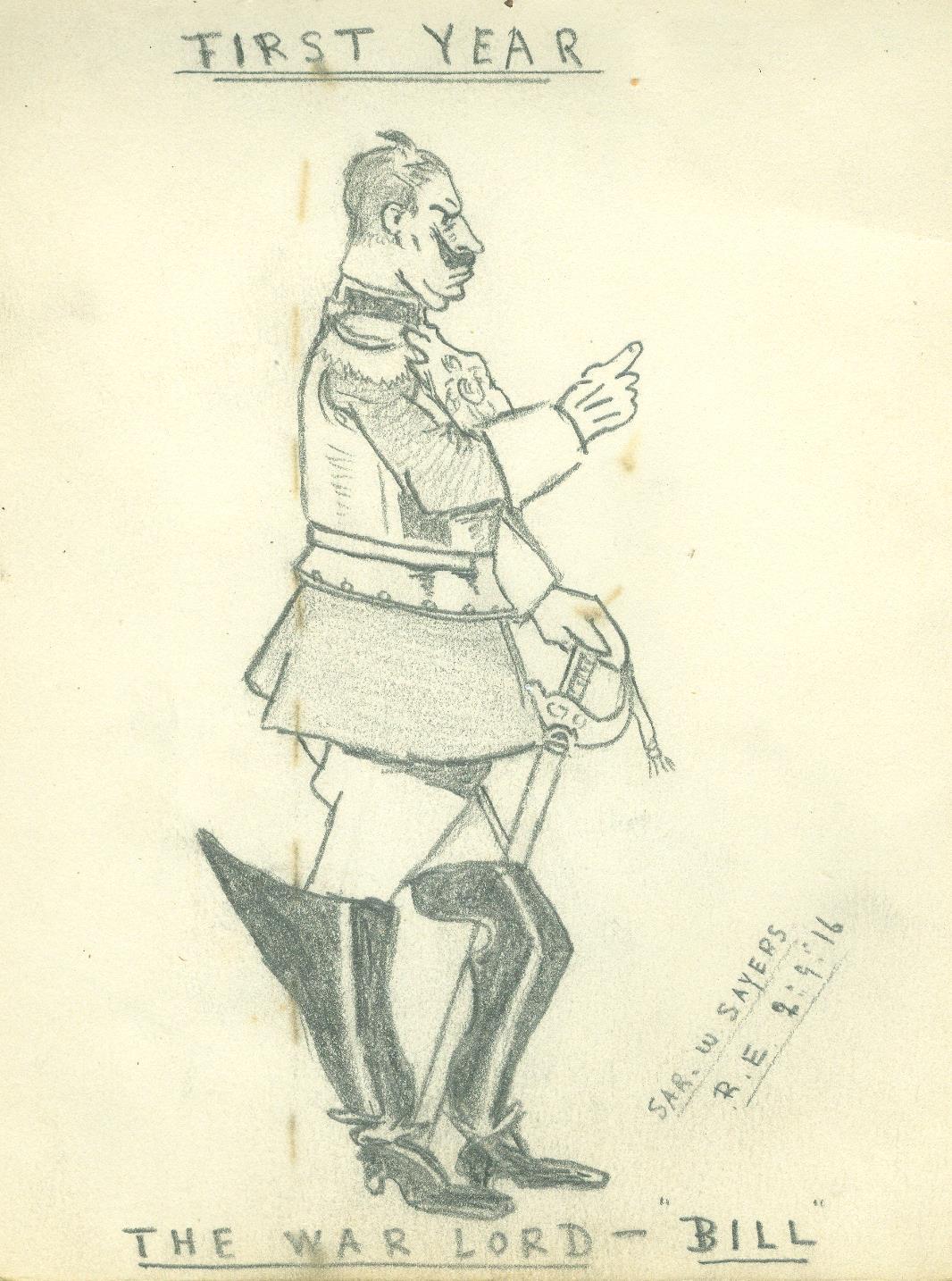

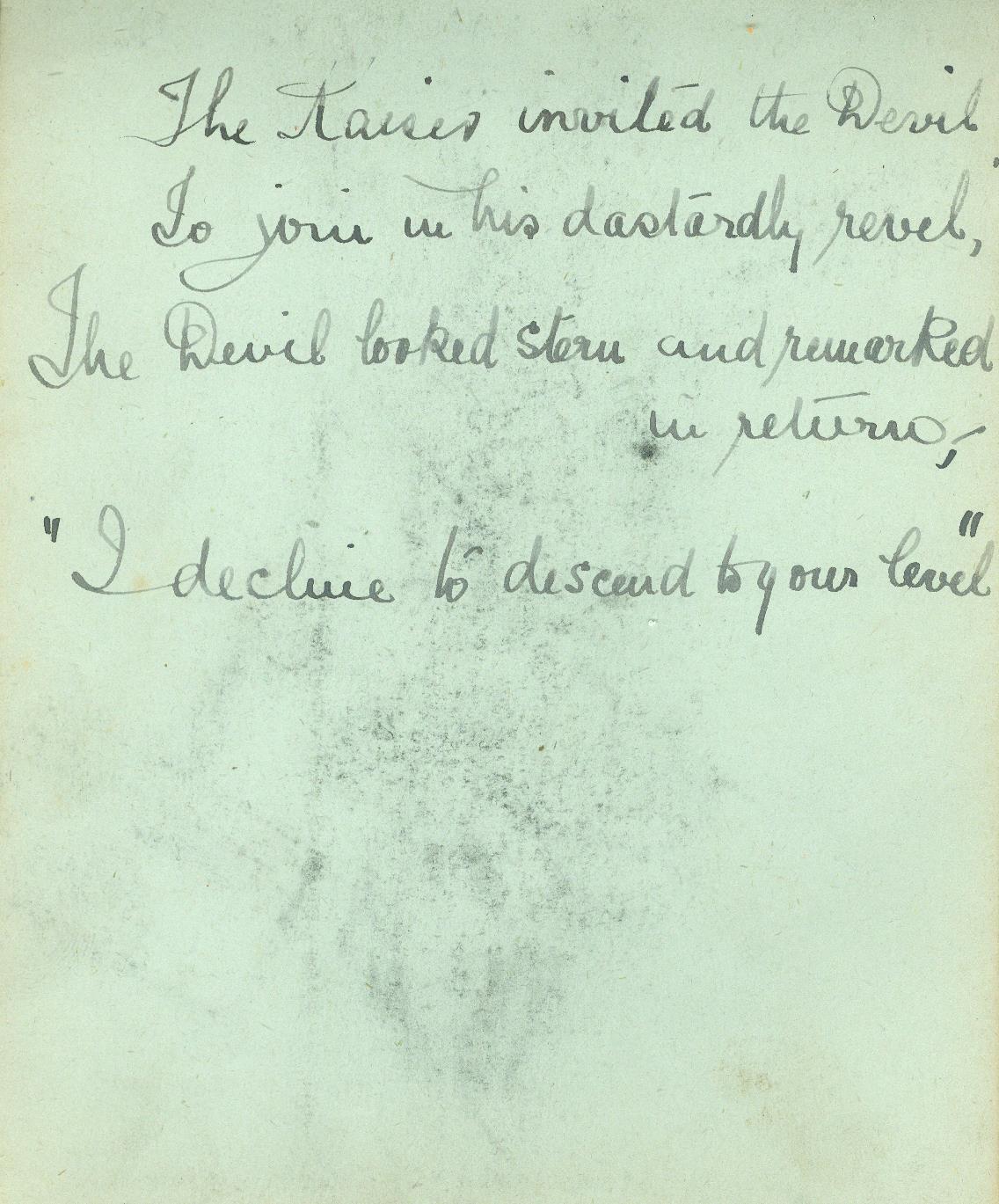

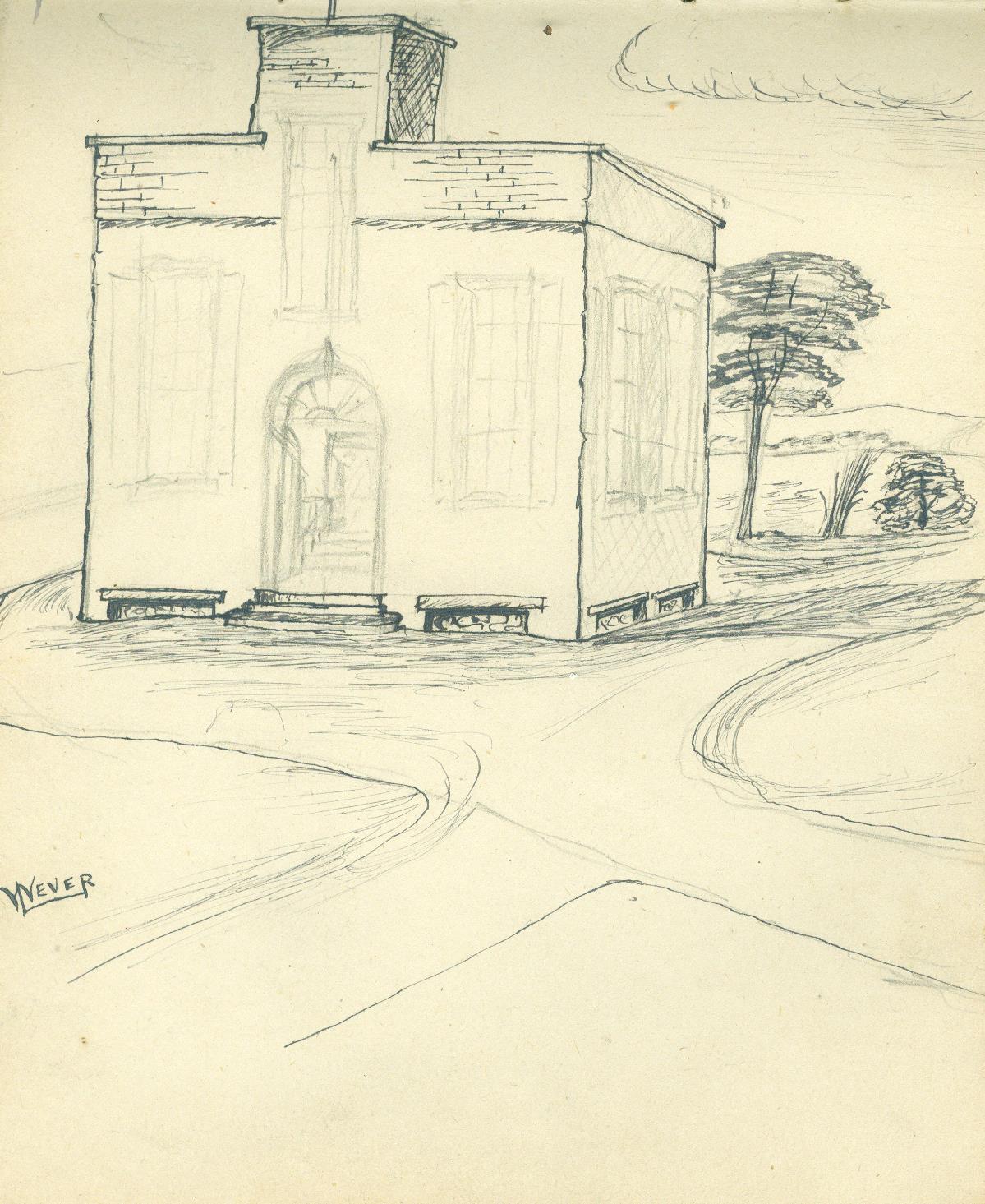
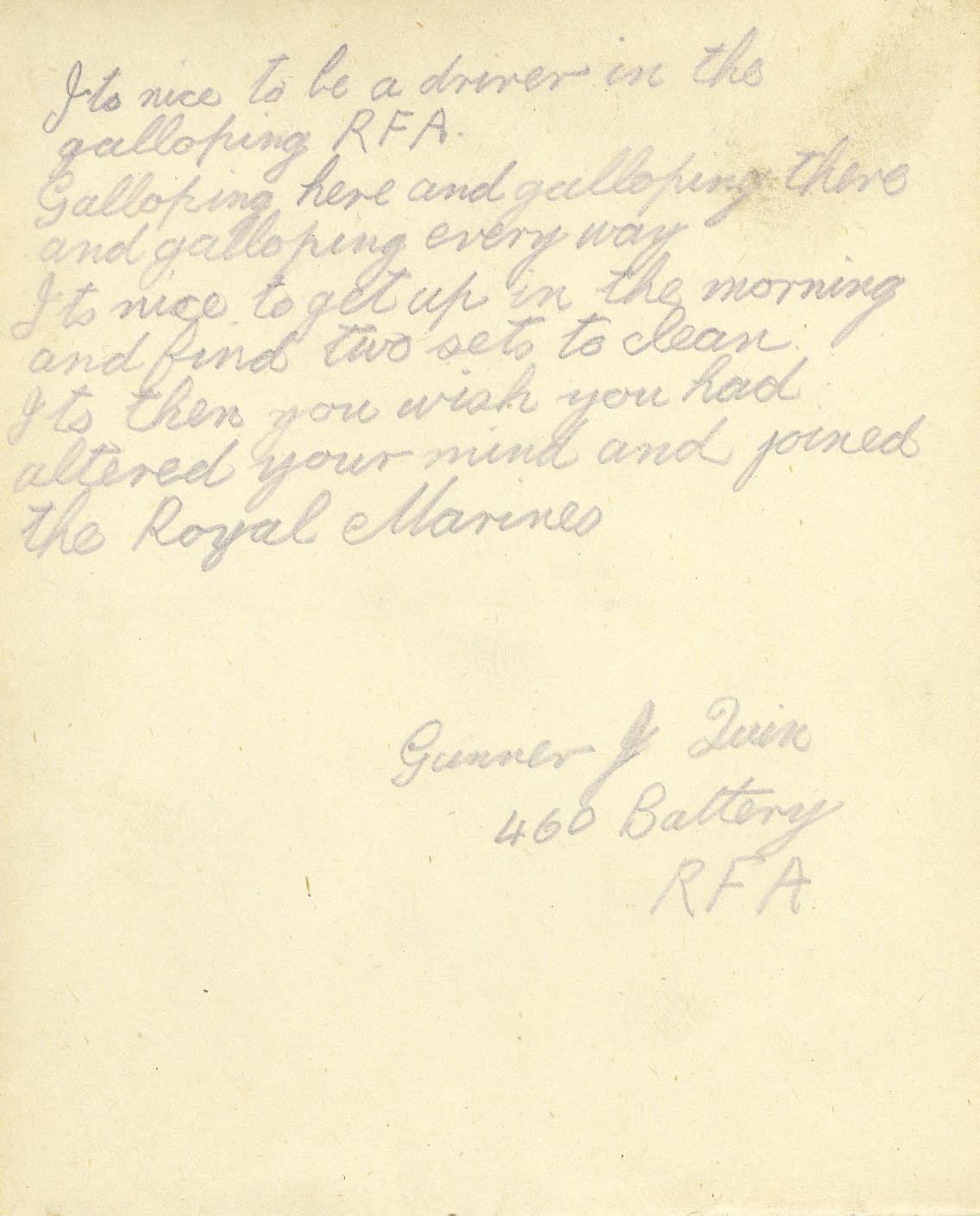

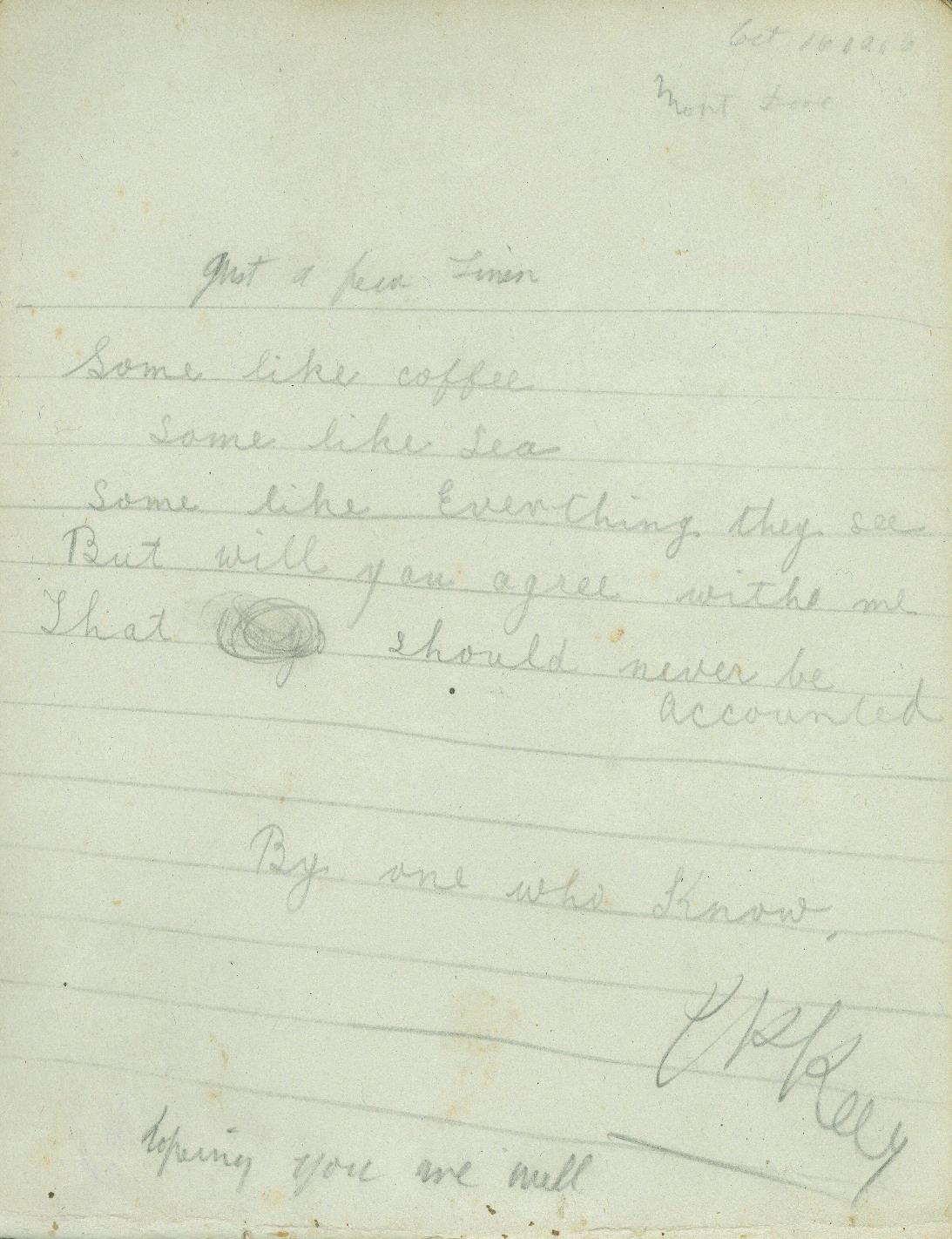



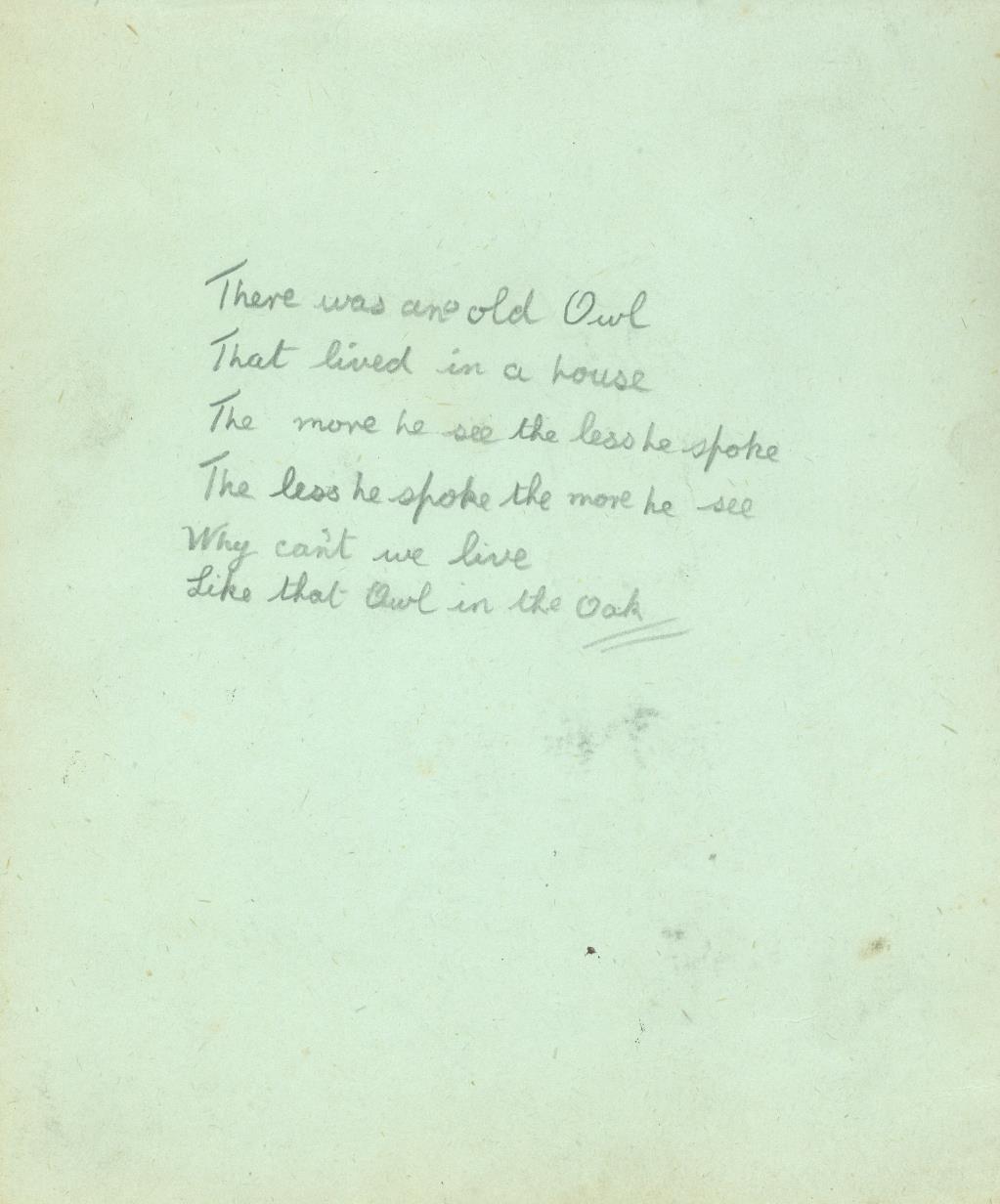
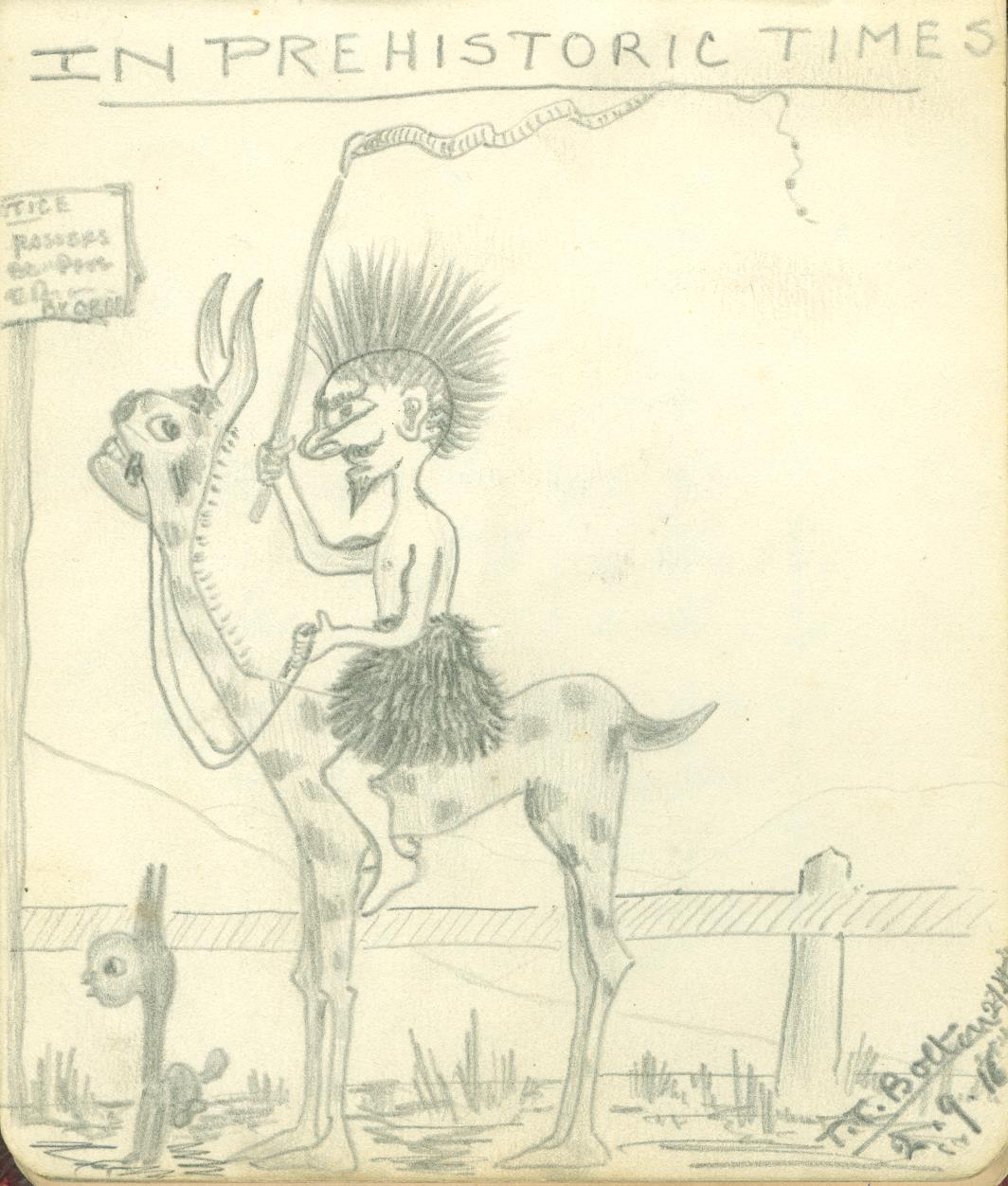

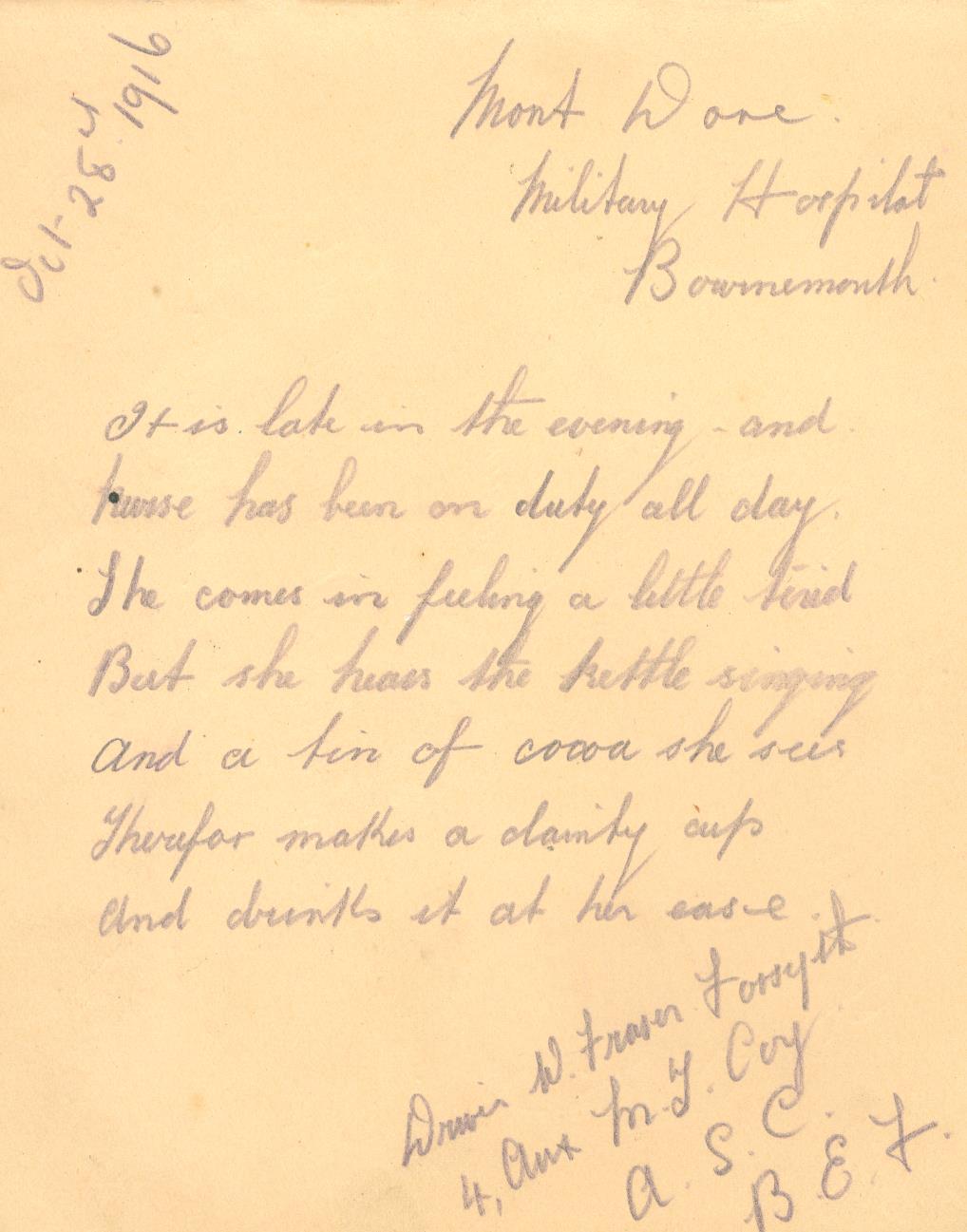
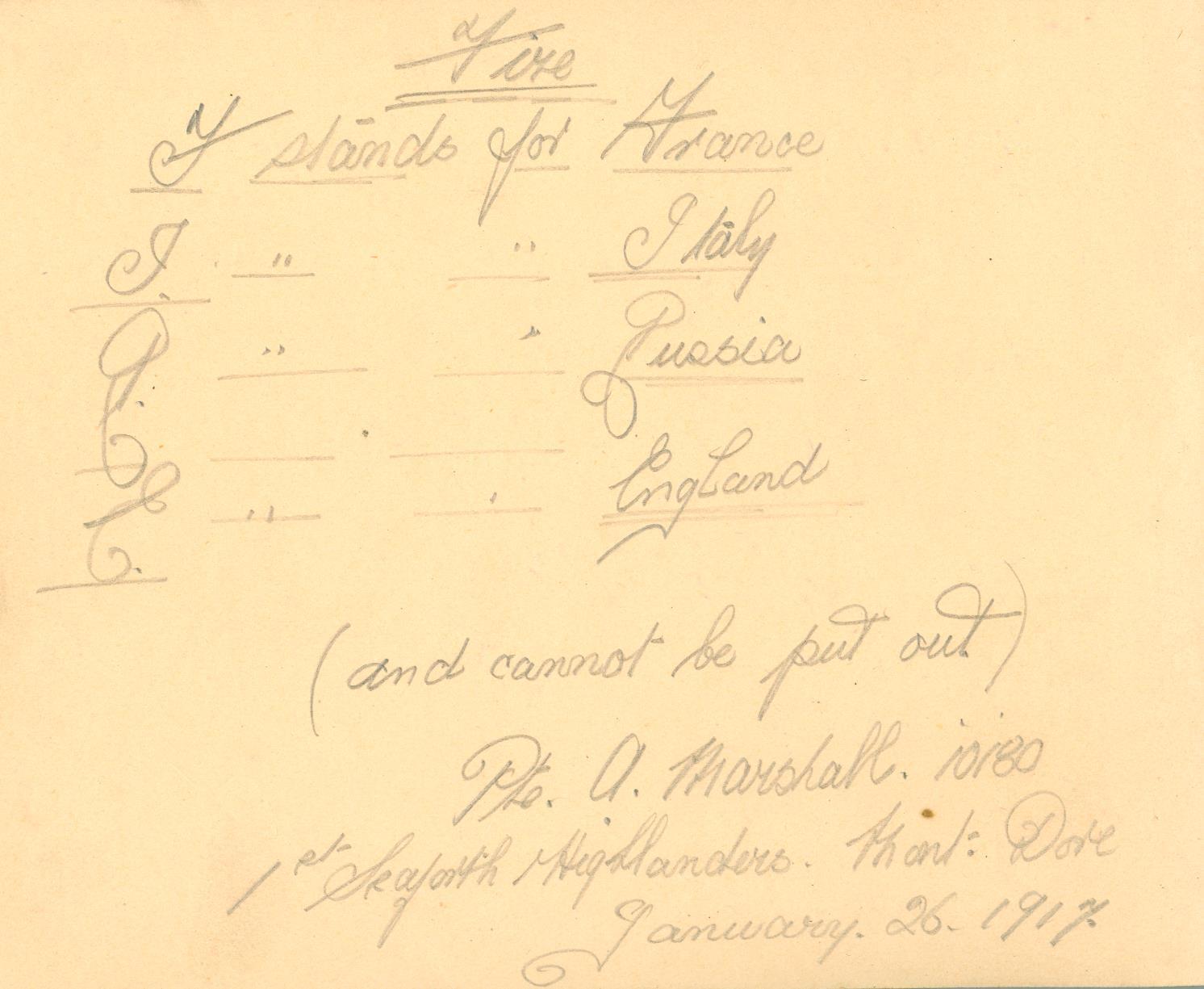
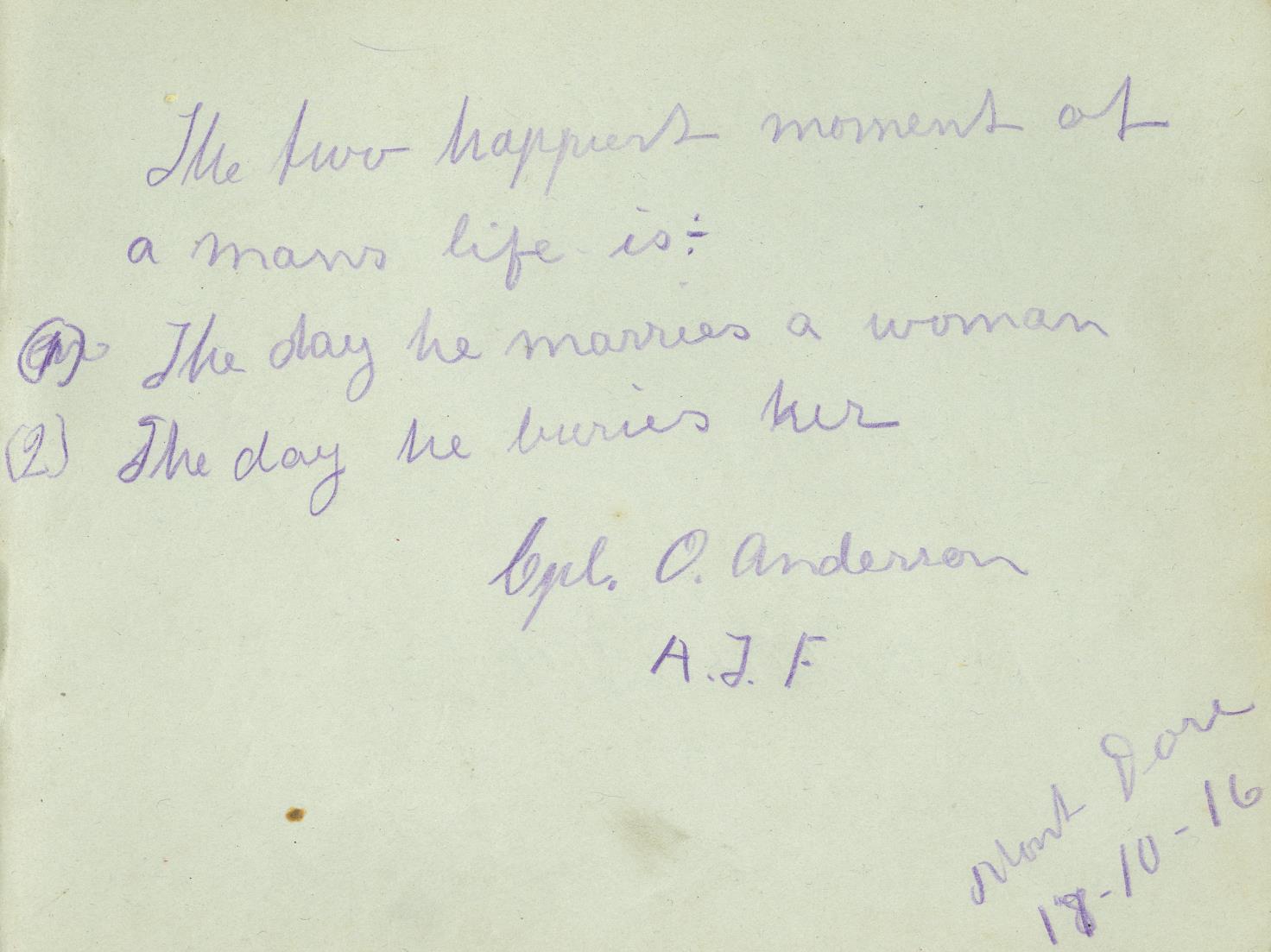

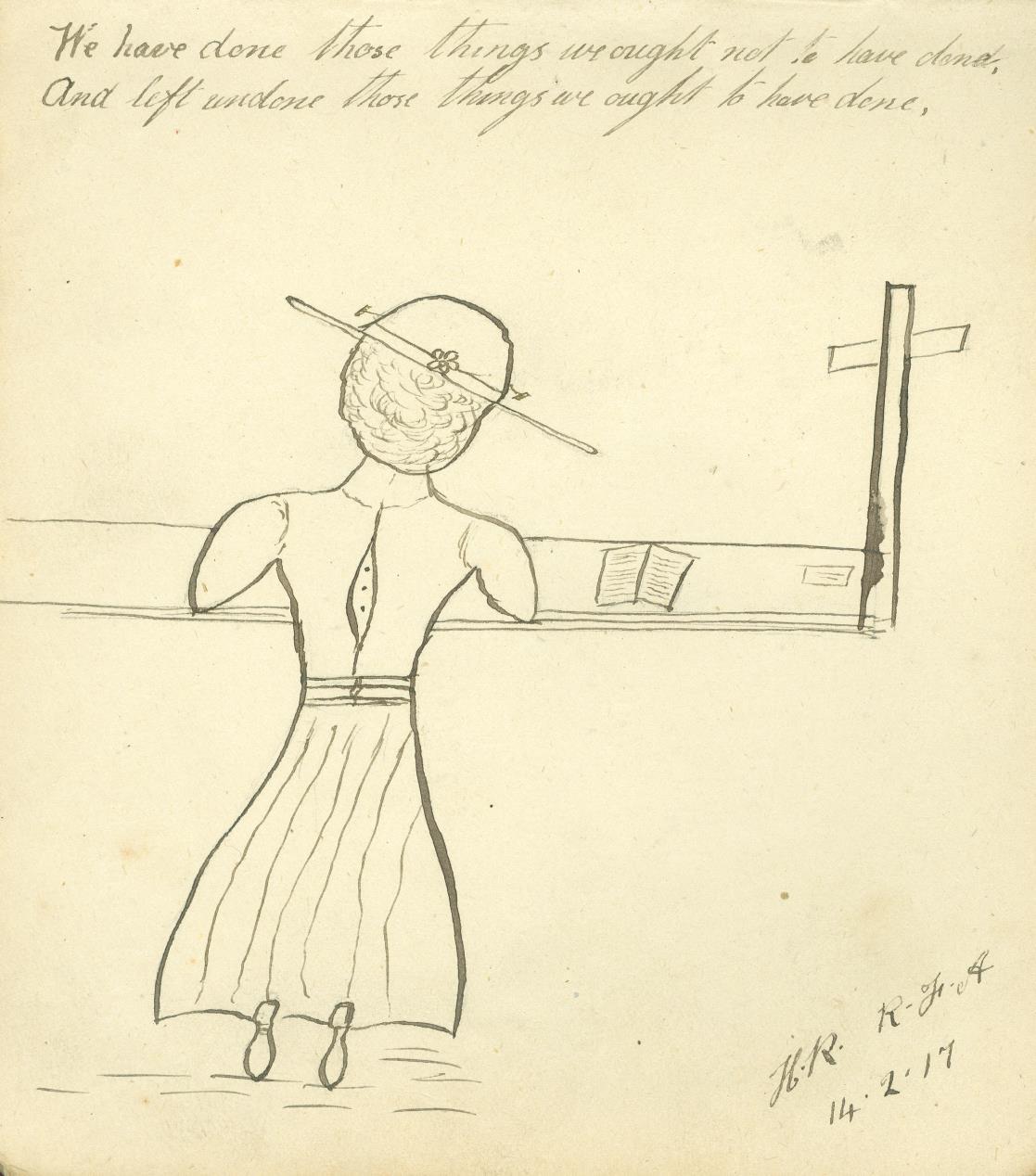


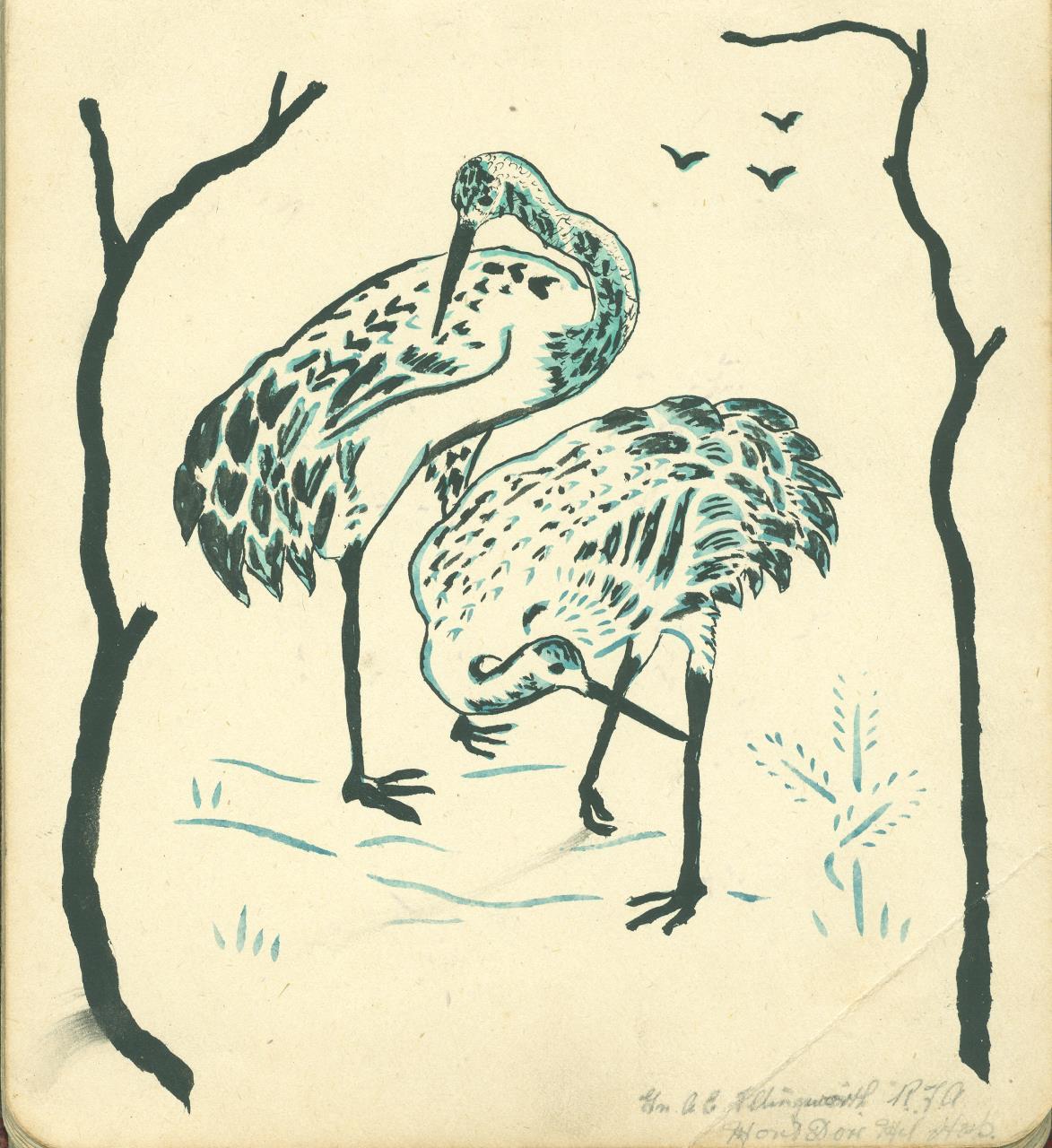
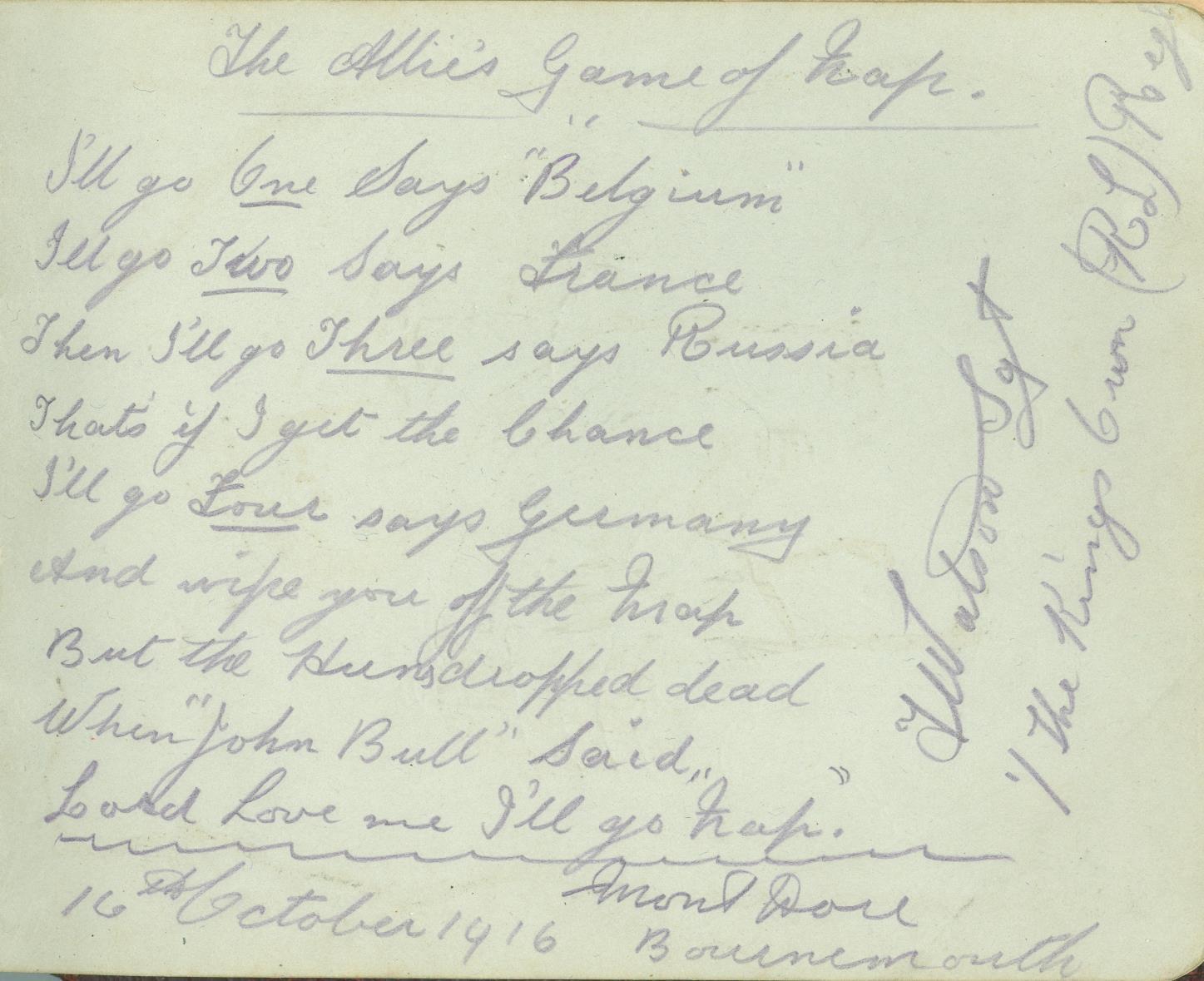
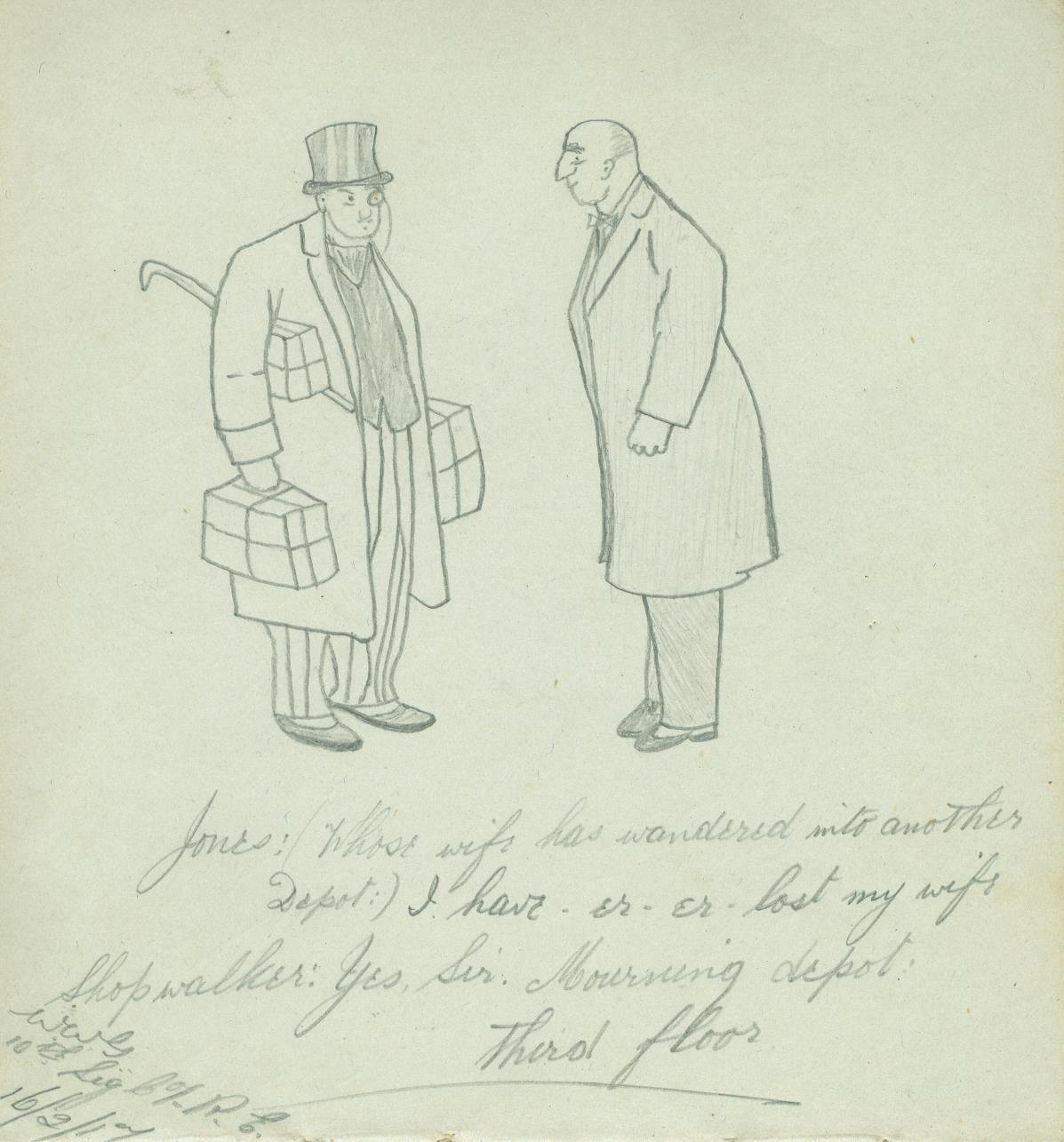
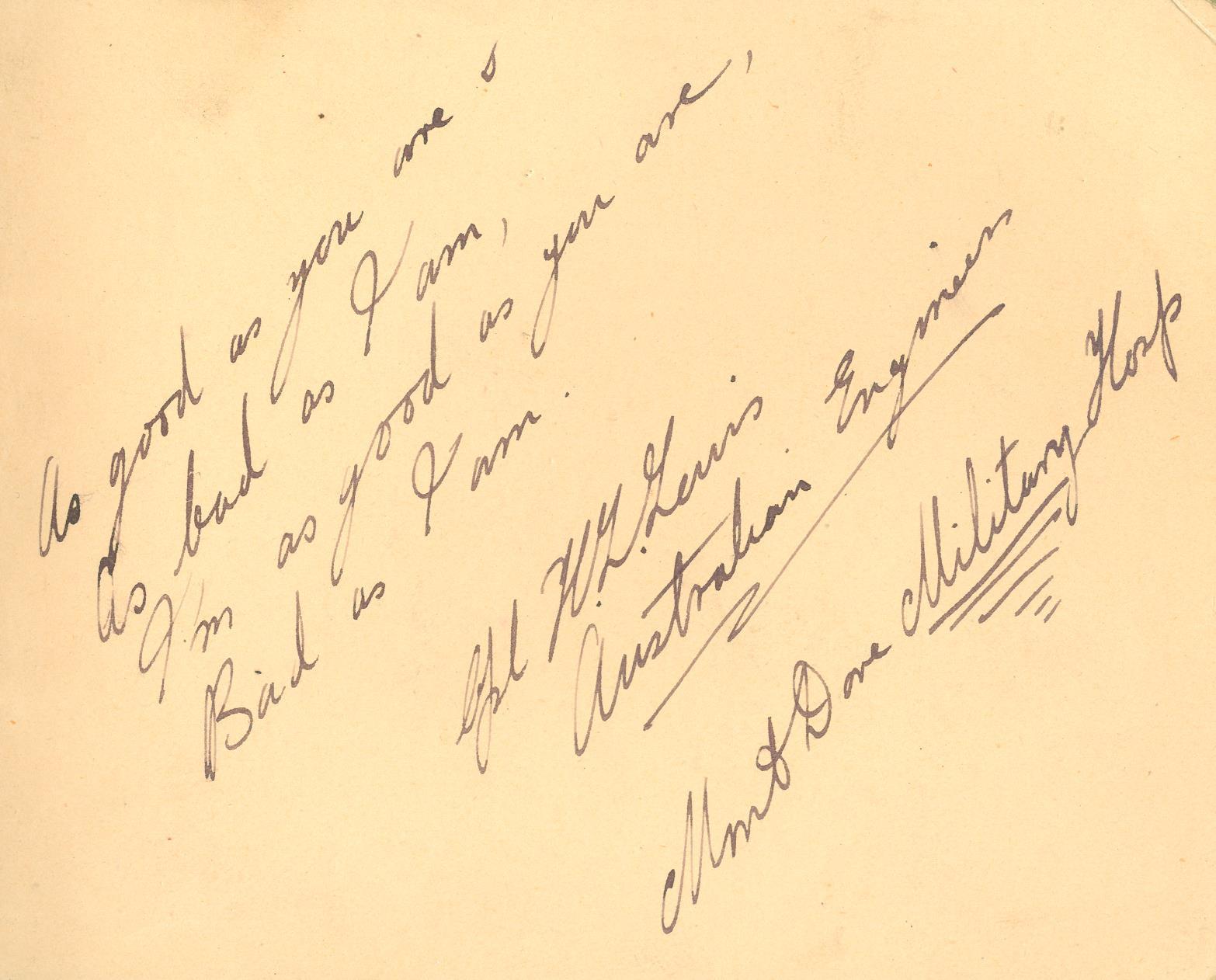
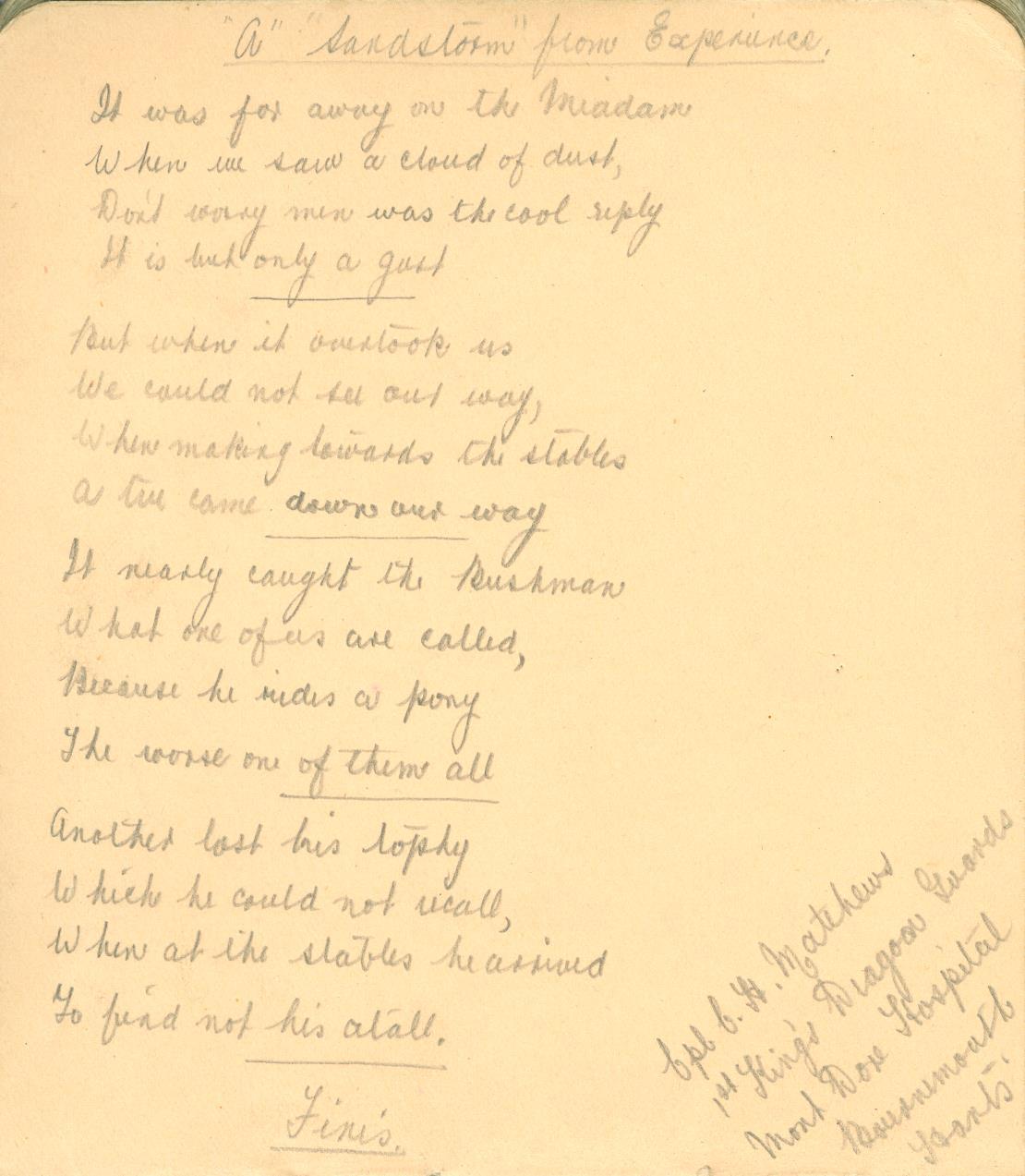

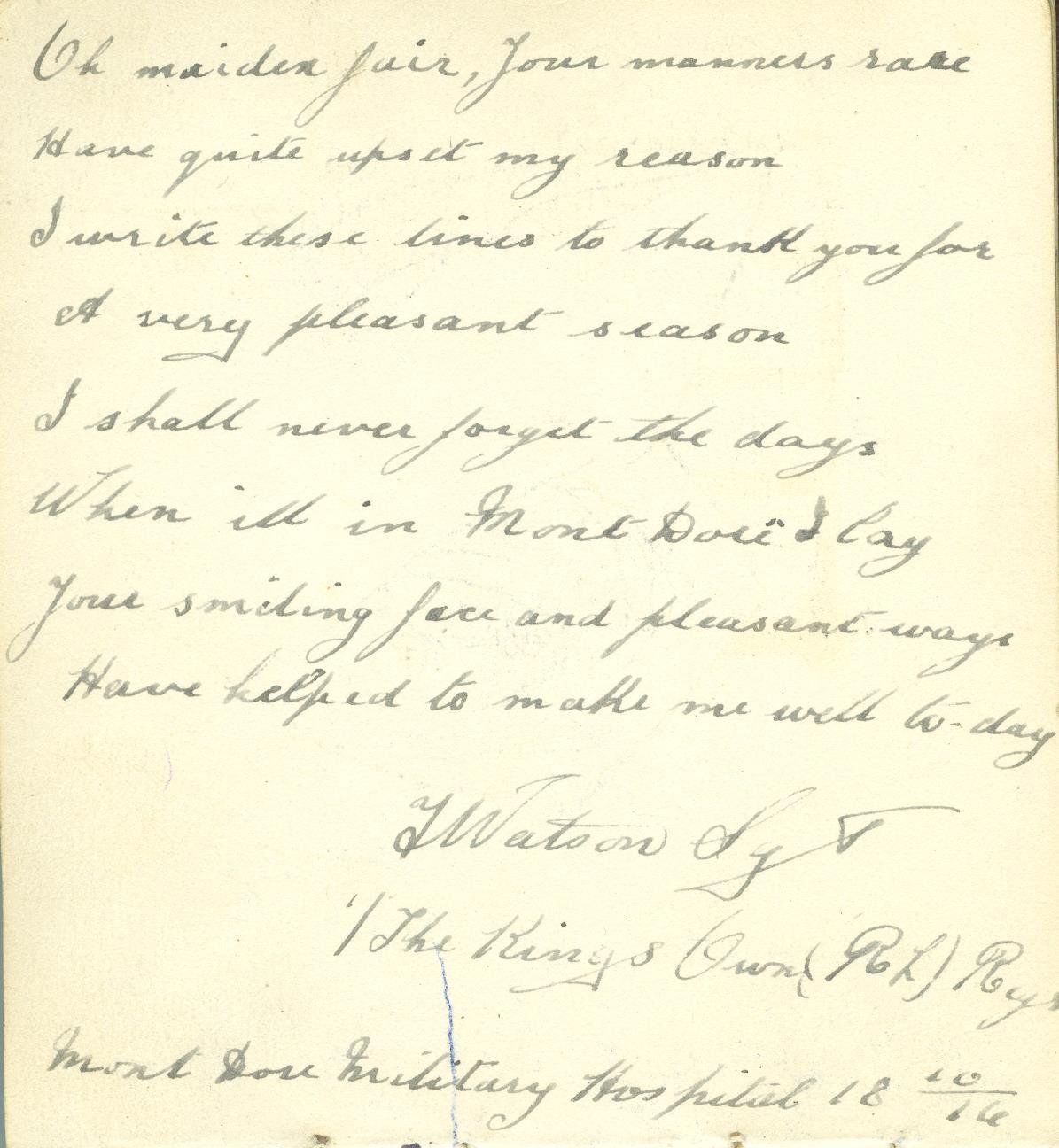
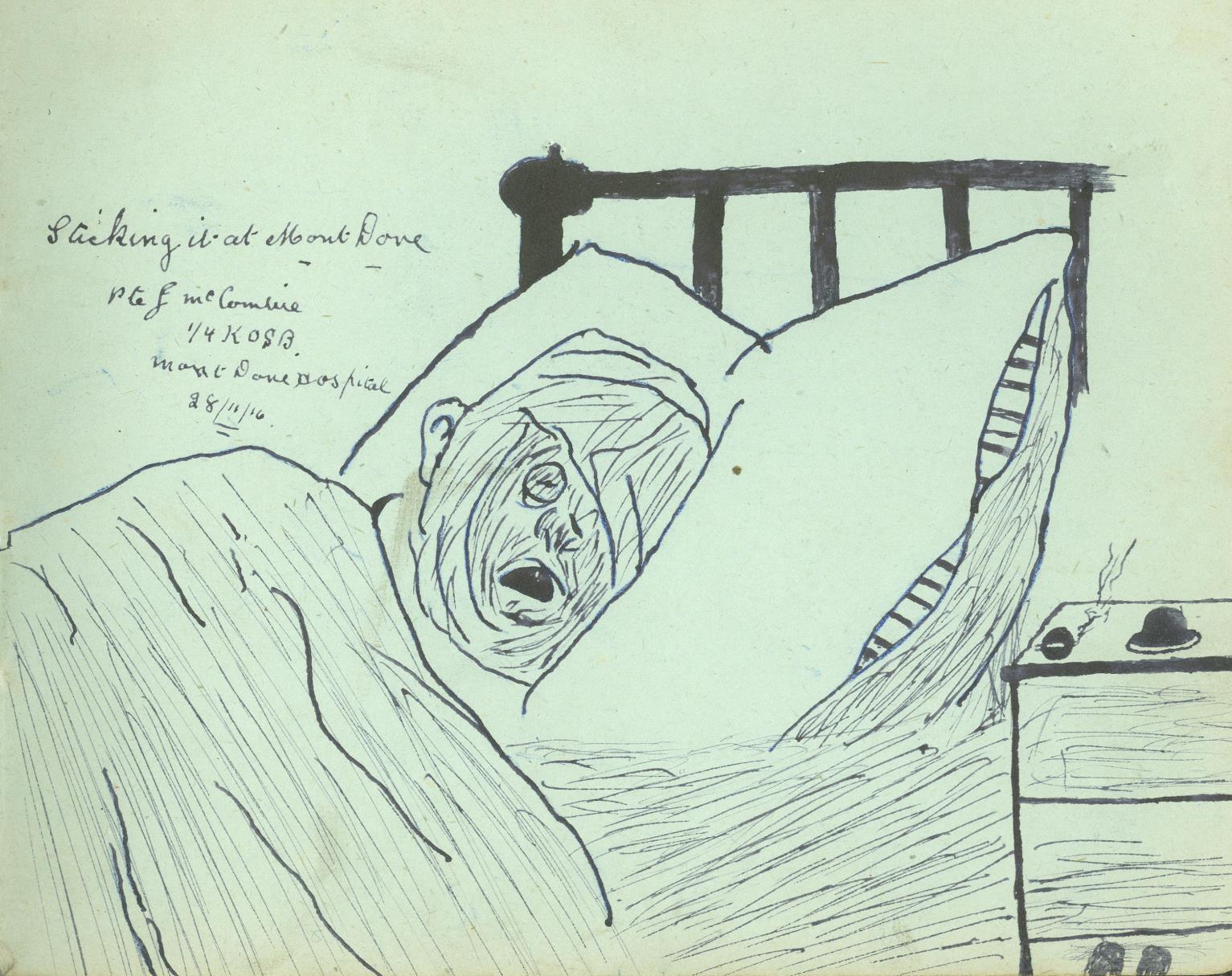

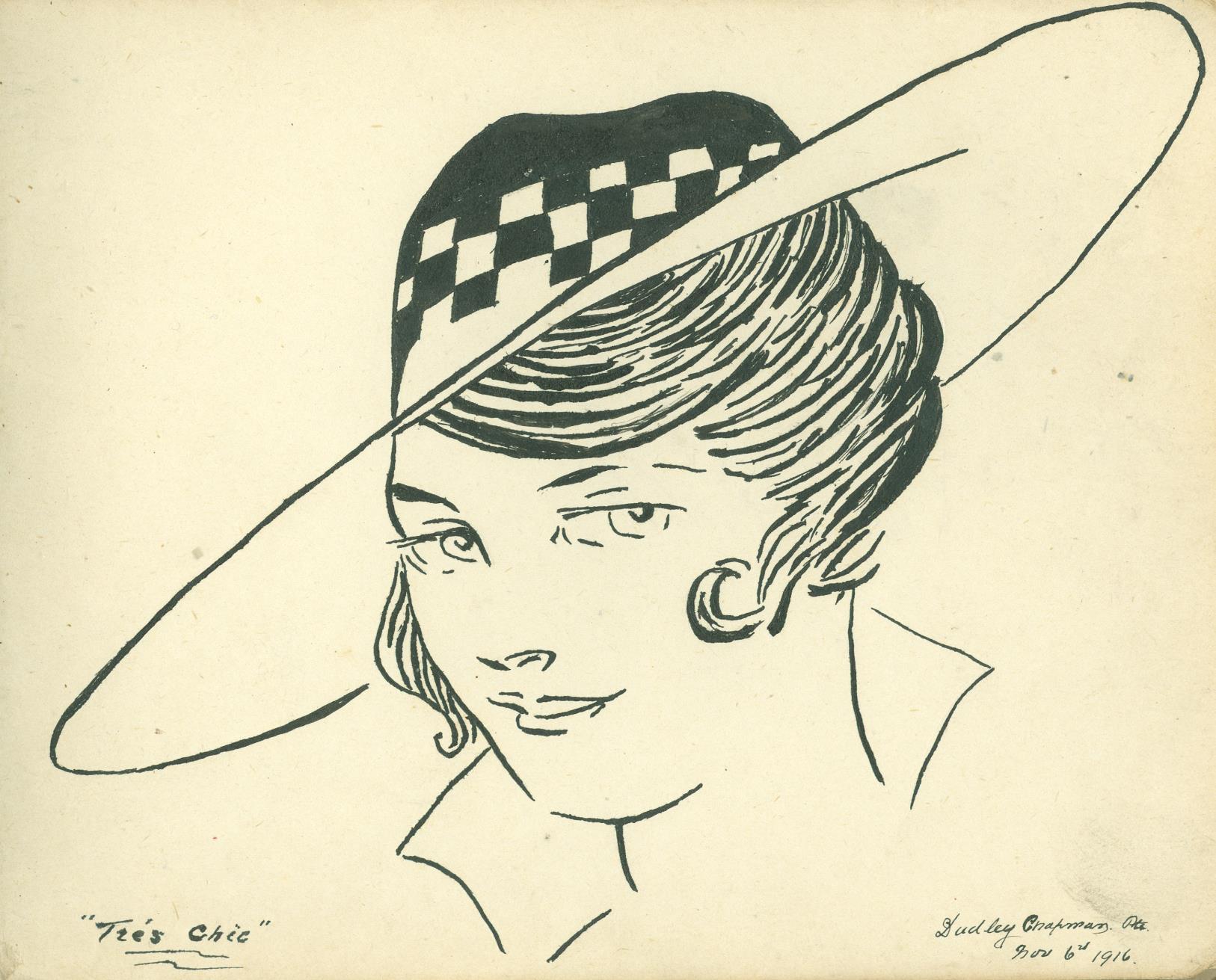
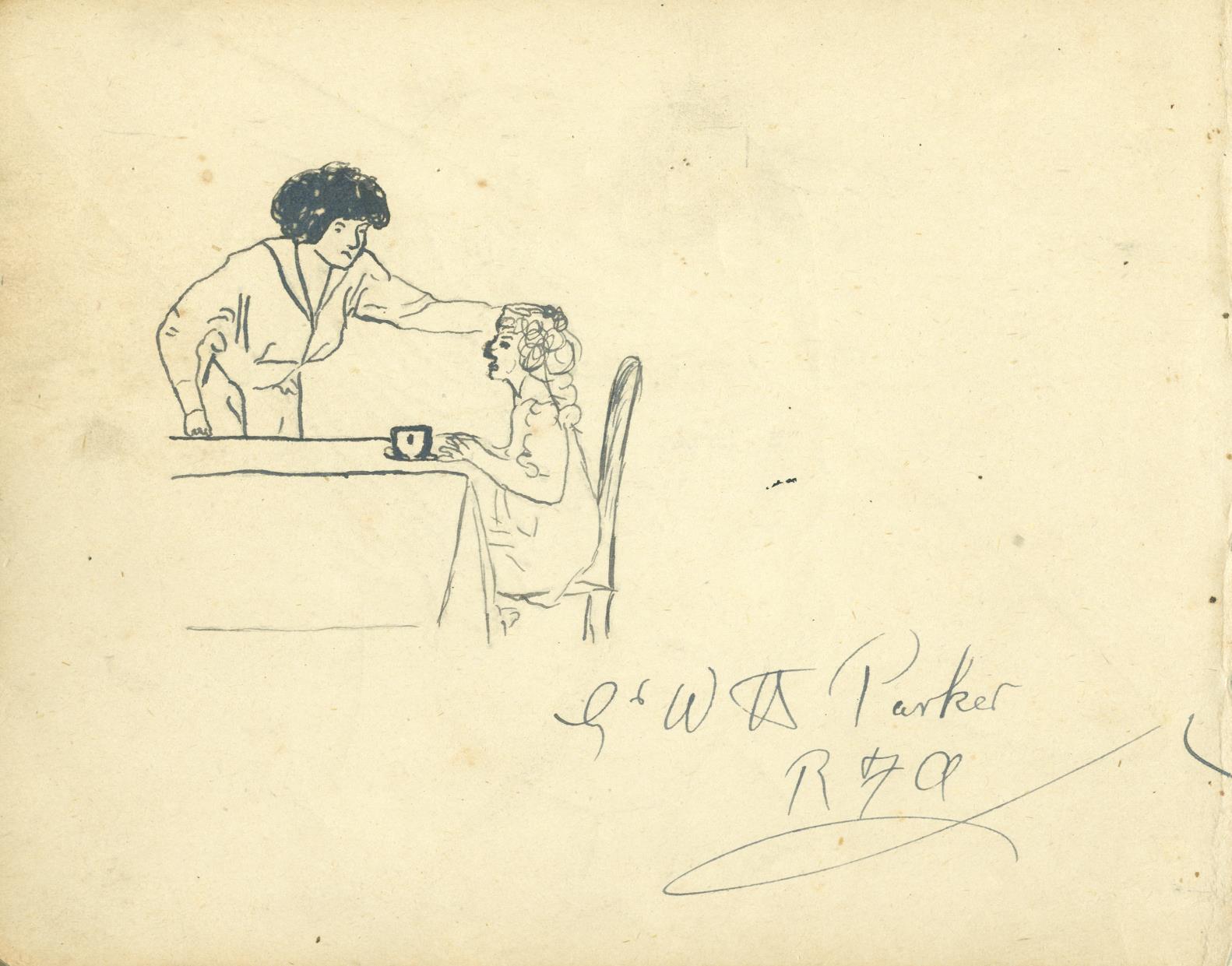
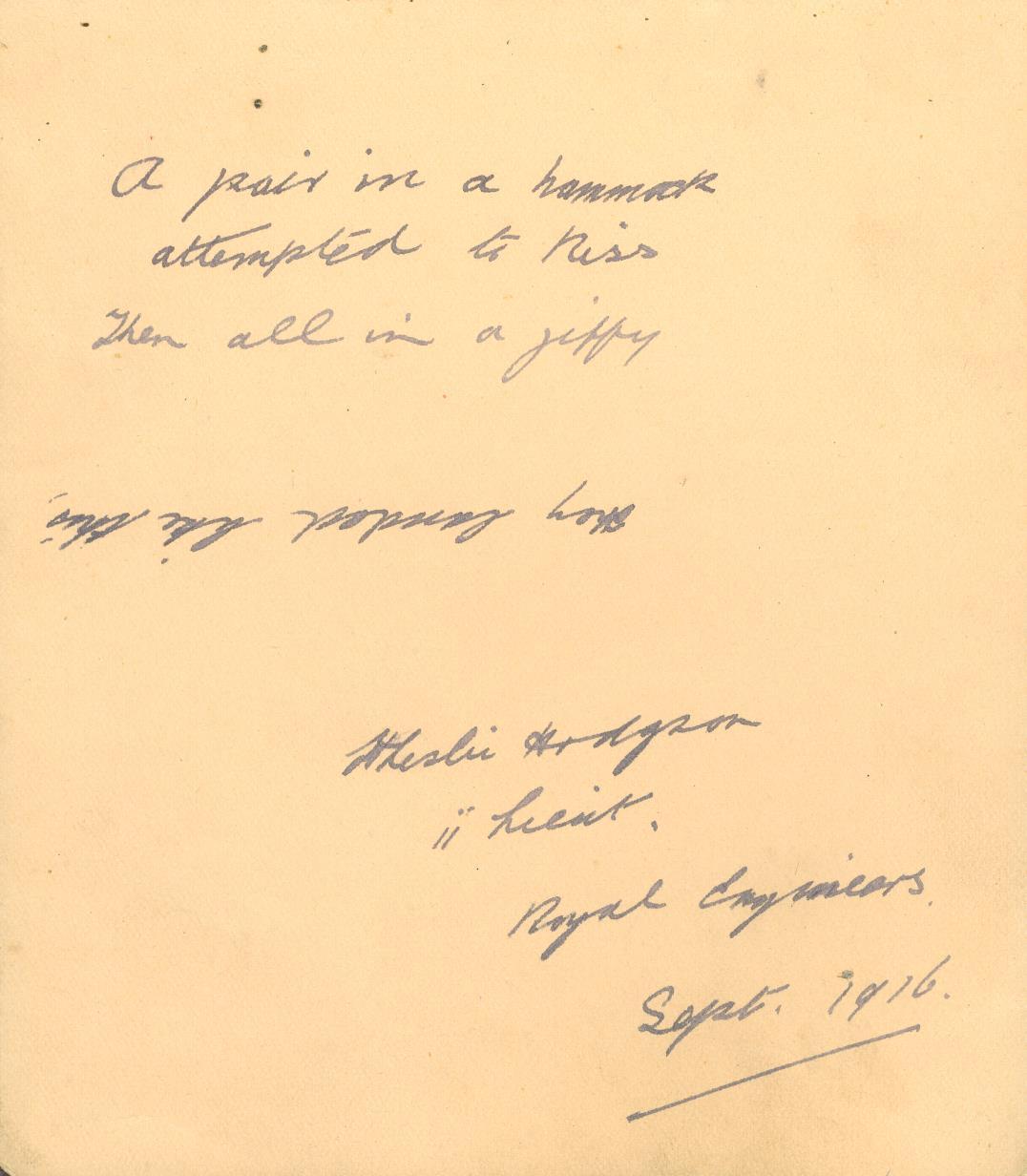




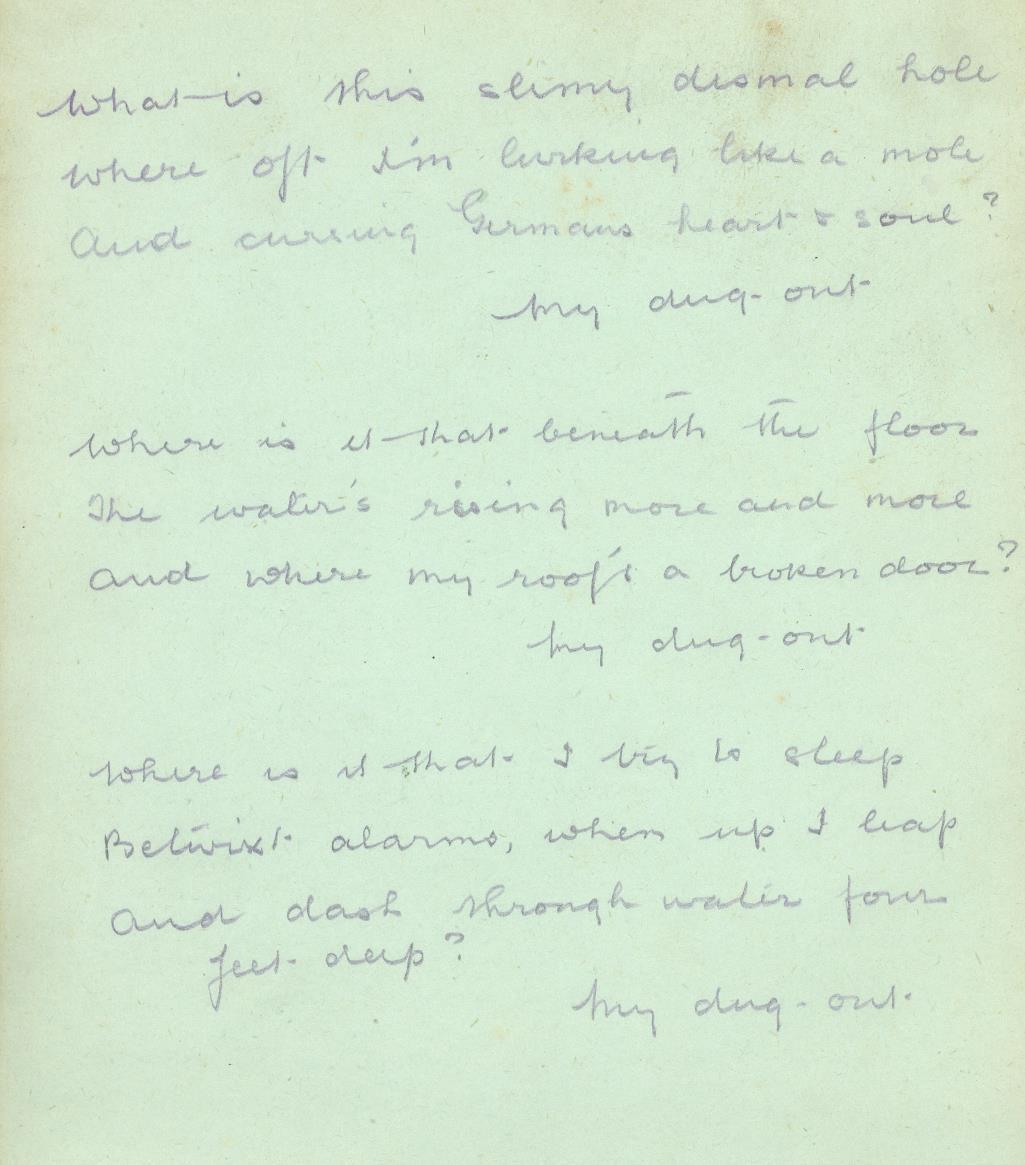
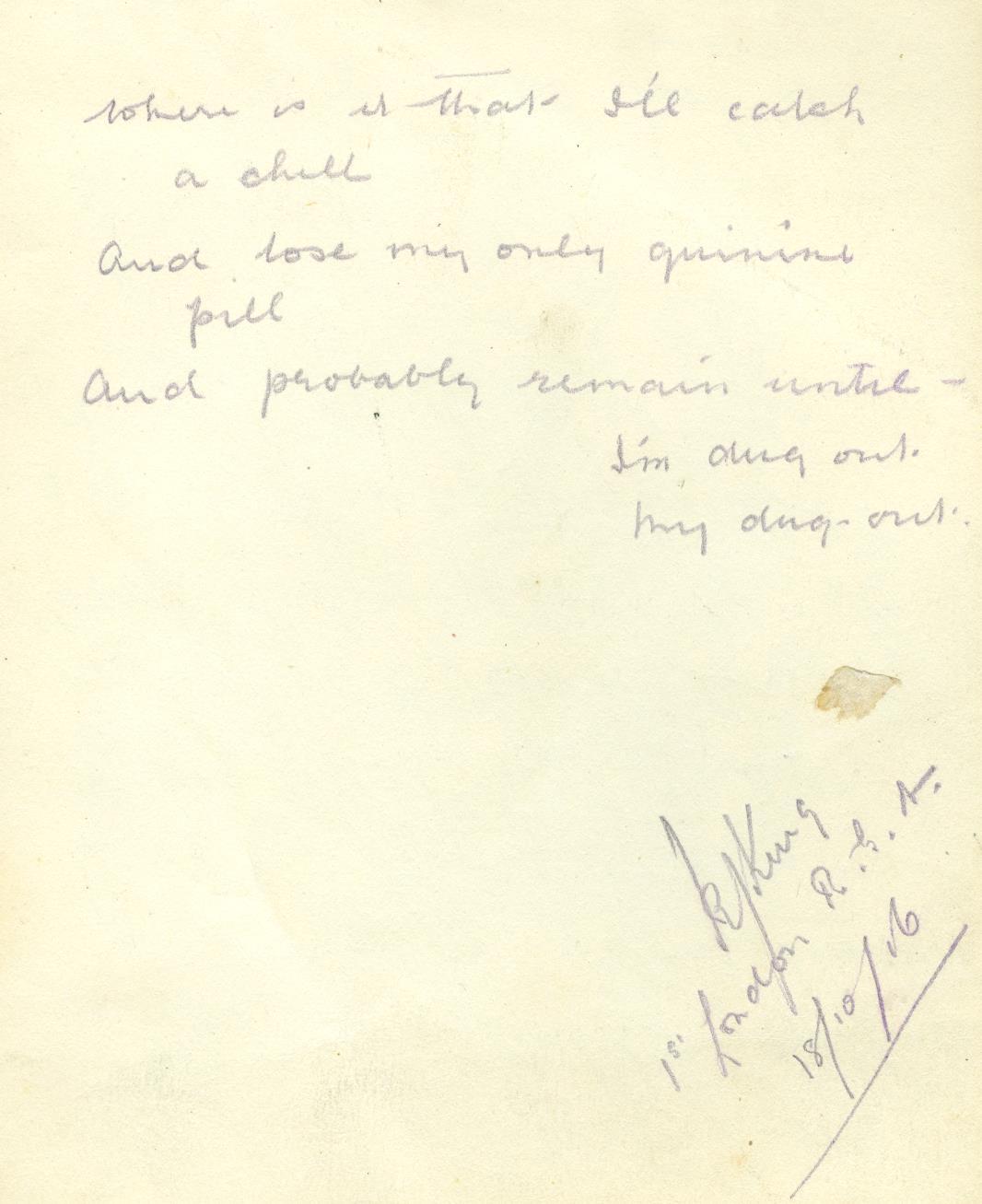
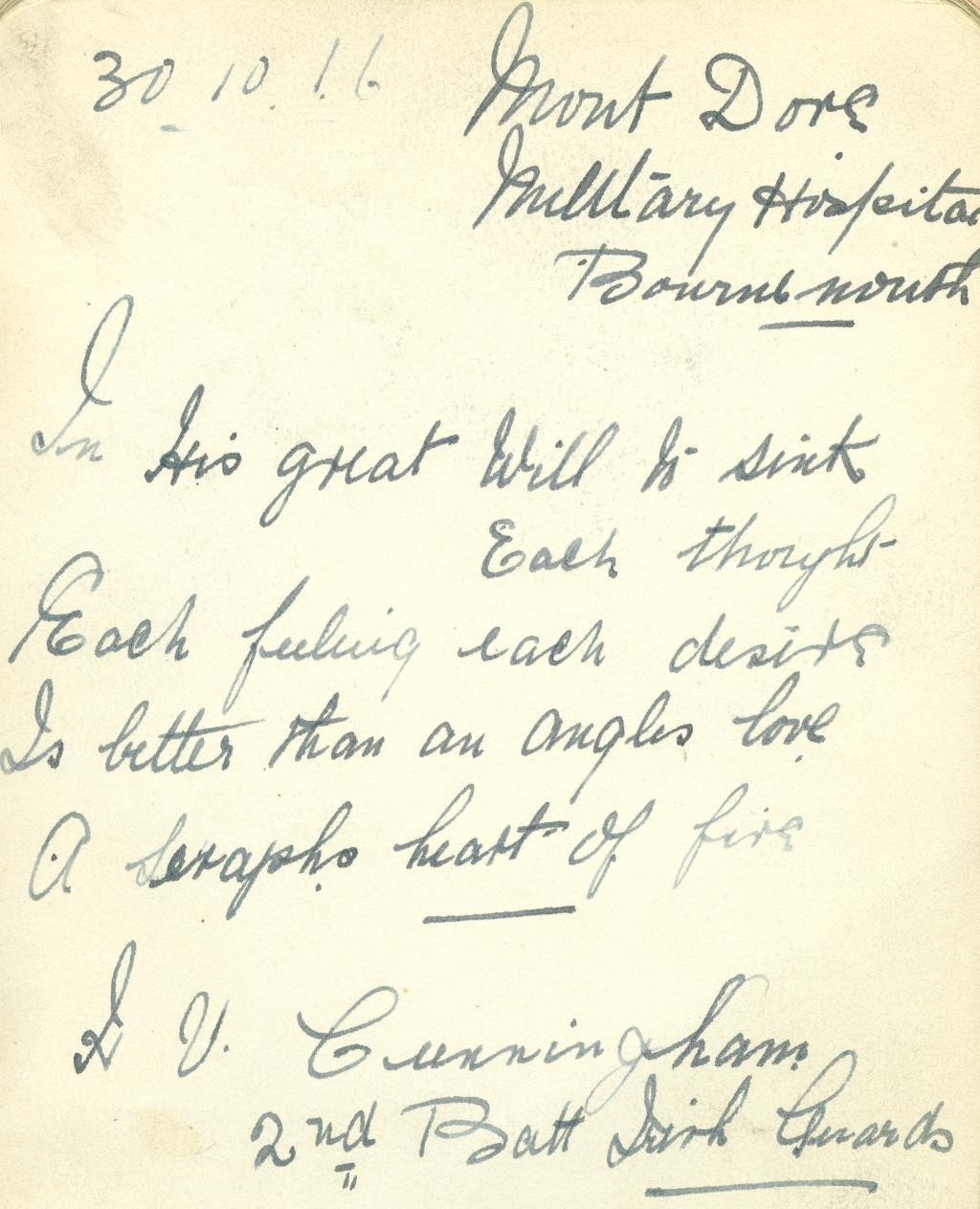
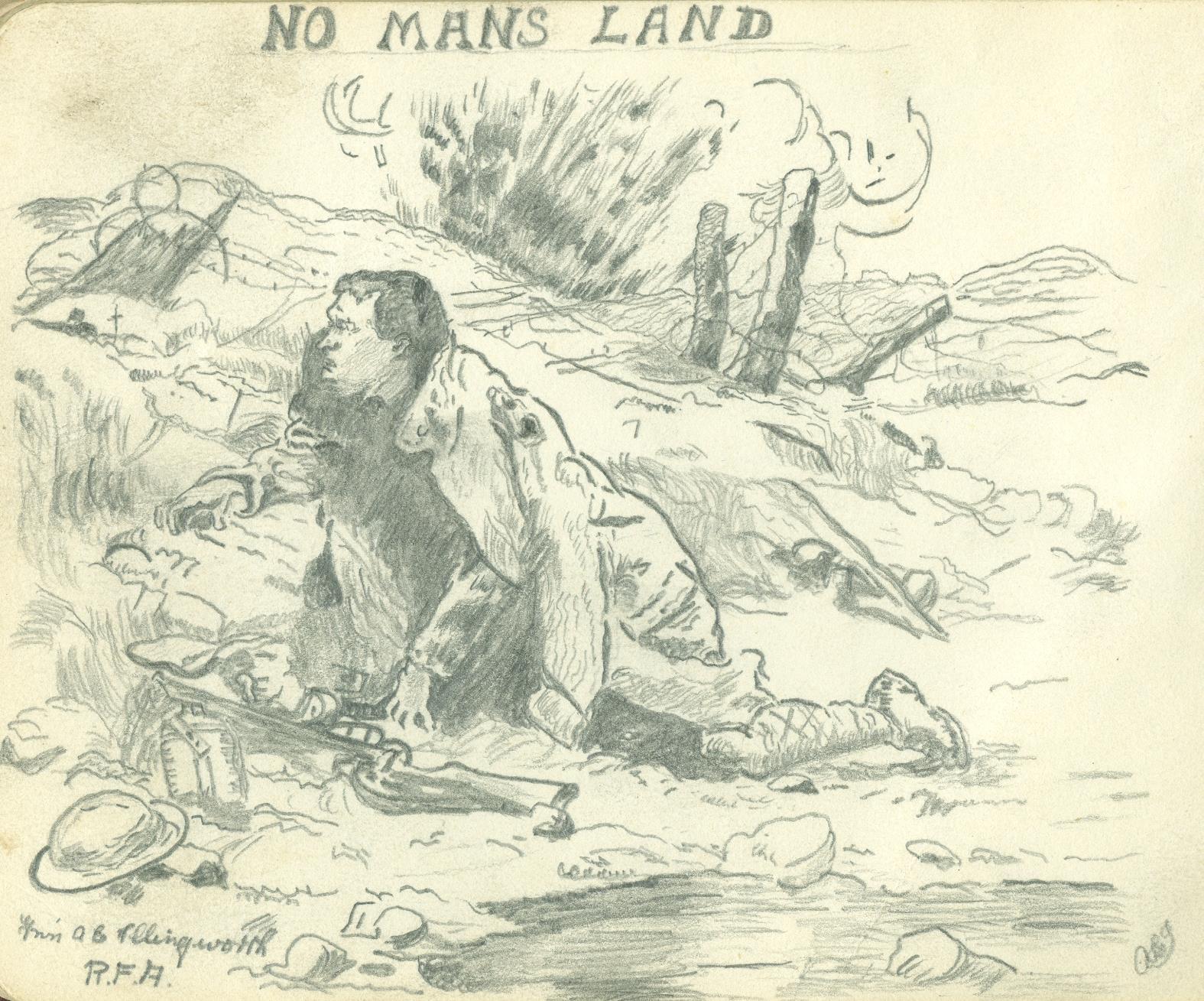


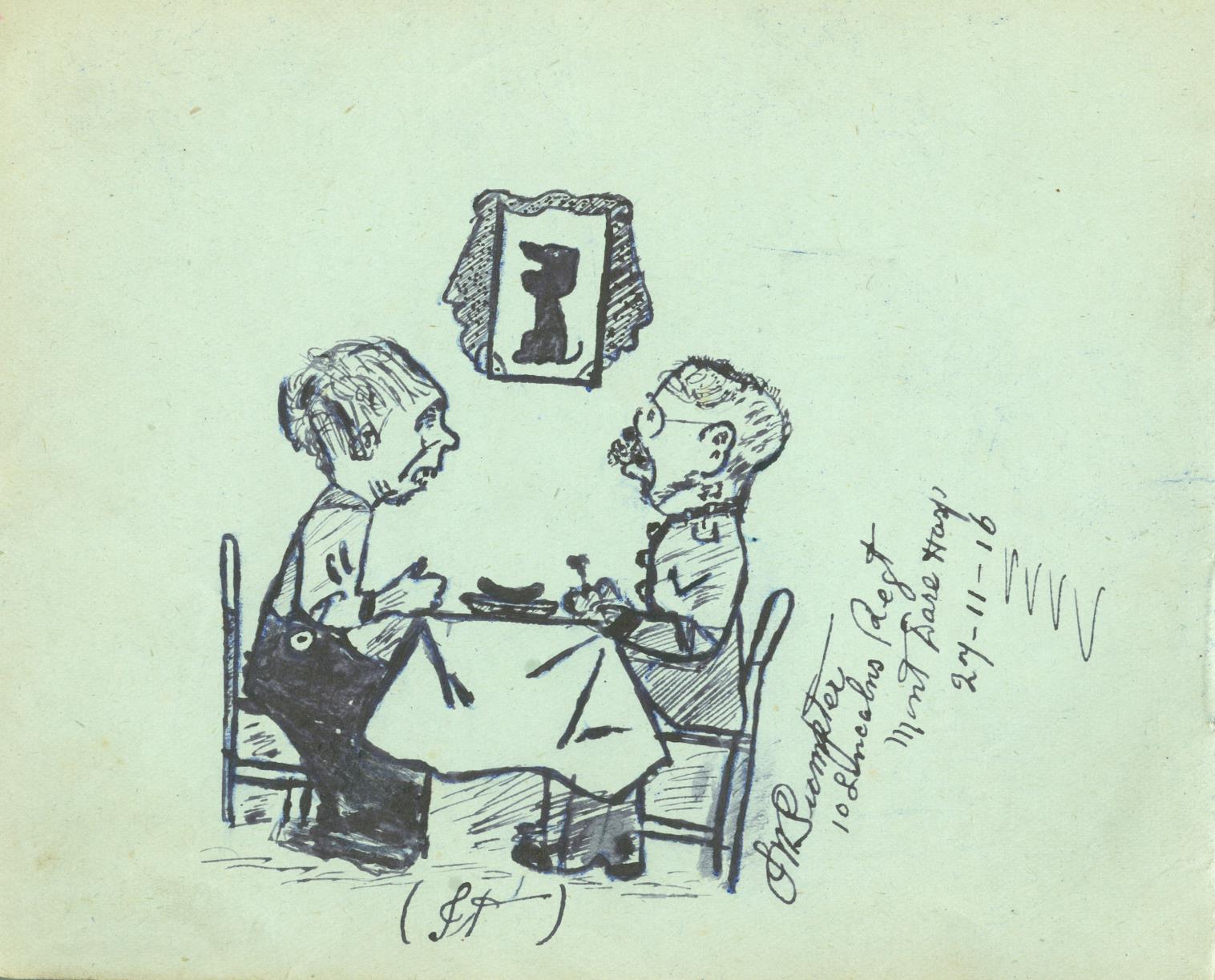


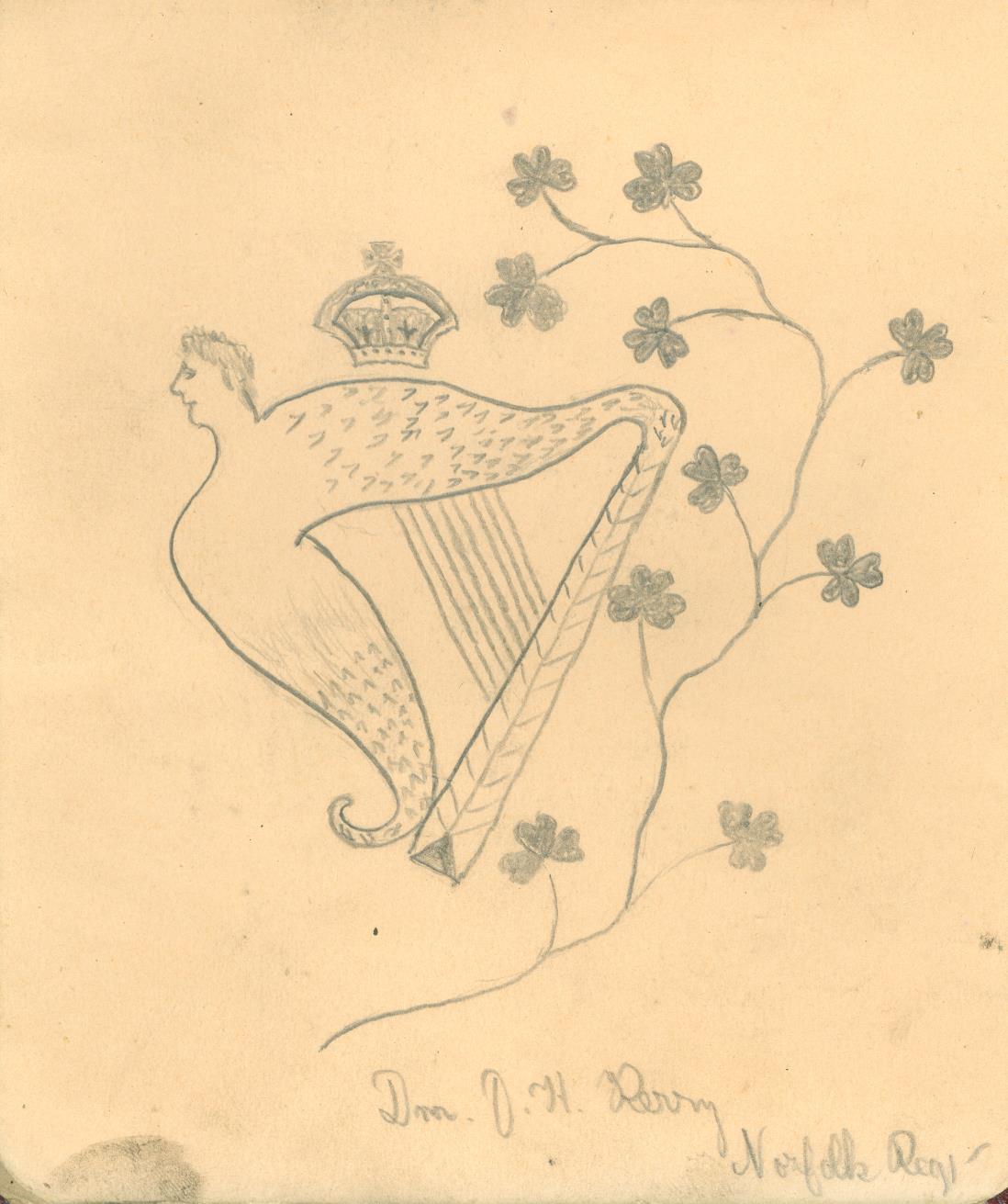

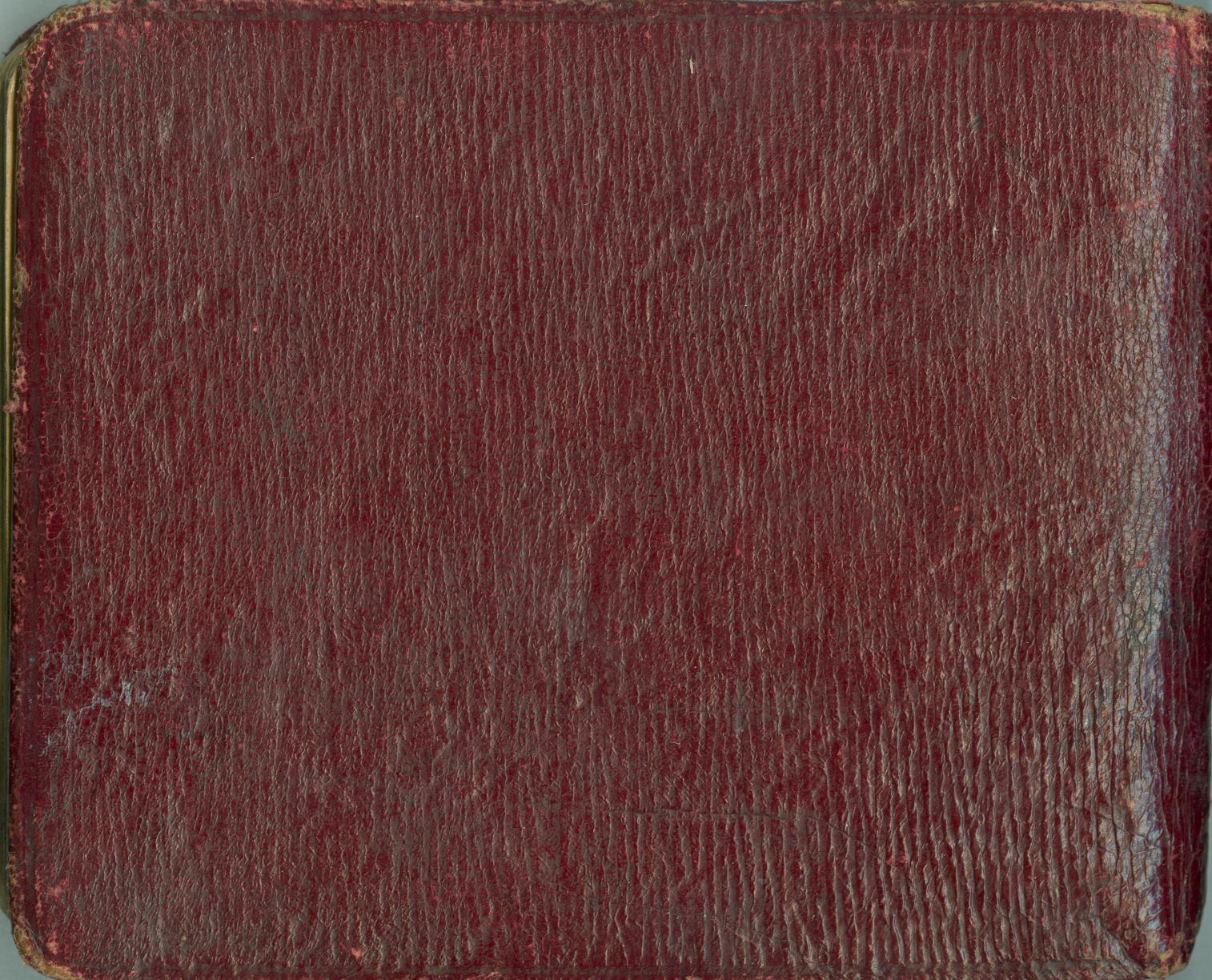
ACKNOWLEDGEMENTS
Thanks are due to the staff and volunteers of Newry and Mourne Museum for their assistance with the production of this booklet:

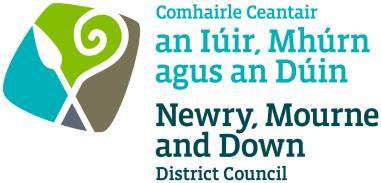

Dr Ken Abraham
Richard Burns
Declan Carroll
Noreen Cunningham
Jackie Dodds
Caroline Hegarty
Andrew Henry
Conor Keenan
Greag Mac a’ tSaoir Eamonn McArdle
Amanda McKinstry
Shane McGivern
Anna Savage Kelly Marie Savage Dympna Tumilty Pauline Walsh
Thanks are also extended to the family of Margaret Anderson, particularly Elana Patterson and Elizabeth Warnock, who contributed images and information for the booklet.
Booklet written and compiled by Dr Robert Whan
© Newry and Mourne Museum, 2015
